
 Photo by Alesia Kozik: https://www.pexels.com/photo/letter-tiles-near-flowers-6652421/
Photo by Alesia Kozik: https://www.pexels.com/photo/letter-tiles-near-flowers-6652421/
“Bloom Gardens Magazine is a unique regional gardening magazine advocating organic & sustainable practices.”

Unique gardening challenges we experience in Utah
Utah’s has a unique climate with extreme high/low temperatures, alkaline soil, and frequent drought. Considering it’s the second driest and fourth fastest growing state in the U.S. presents additional challenges of pollution, water shortages, and depleted soil.
Did you know that environmental illnesses could be prevented? Only 0.7% of farms are organic vs. traditional farms. Over 82,000 chemicals are allowed on the market without safety testing, and we use them in our daily lives.
I have seen firsthand the damaging effects this chemically filled world has on all of us. On September 24, 2013, my husband, Kevin was diagnosed with YoungOnset Parkinson’s disease (age 47), caused from his exposure to pesticides during his work career.
What’s the solution?

This is where Bloom Gardens journey begins. Our goal is to create an educational venue, which teaches how to garden & landscape without harmful pesticides, create sustainable gardens, and to help improve the environment within our communities.
What is meant by sustainable gardening?

Sustainable gardening combines organic gardening practices with resource conservation. Generally, sustainable gardening is forward-thinking, it values ecosystem support over aesthetics, makes as little negative impact on the earth as possible, and works with nature instead of against it.
Ramona Borkman Magazine Editor

Editor’s Corner
03
www.bloomgardens.org

Tableof Contents 03 Editor’sCorner 06 MagazineContributors 12 Co-OpConnection 18 The Story Behind Bloom Gardens Read About the Content Writers Bulbs—Their Short Colorful Life LandscapeSolutions 24 DiversifywithSeed 32 GardenClub Highlights Alternative Lawns: Rebellion Coming to a Neighborhood Near You A Brief History of the Utah Associated Garden Clubs Simple Steps to Sustaiability

www.bloomgardens.org 42 NurseryNotes 48 My FlowerShop 50 GardenTalk 52 To Amend Your Soil or Not to Amend Your Soil? It’s a Tricky Question Tips and Tricks for the Perfect Floral Bouquet this Mother’s Day Observation: A Powerful Tool for Successful Landscapes HousePlants101 54 TreesAreGood 56 GardenExplorer Tree Selection and Placement A Trip to Butchart Gardens Beautiful Orchids in the Home 38 GoingNative Grow Native—Asclepias tuberosa
Magazine Contributors
Progressive Plants

Localscapes was developed by a team of horticulturists, landscape designers, maintenance pros, irrigation experts and members of the water industry. The goal was simple: create a landscaping approach that takes all the complex and confusing science behind landscape design and simplify it to create landscapes that thrive in Utah. The result was five basic pattern pieces that are easy to understand and apply.

Cynthia Bee works to translate the technical nature of water conservation into publicfriendly messaging as the Outreach Coordinator for the Jordan Valley Water Conservancy District. She holds a Bachelor’s degree in Landscape Architecture from Utah State University. Cynthia is one of the developers of the Localscapes method and has spent the last decade teaching thousands of Utah homeowners how to create landscapes that fit, rather than fight, our challenging climate.


is the largest production nursery in Utah, providing plant material for professional landscapers, developers, and homeowners throughout the Intermountain West. Each year they grow hundreds of thousands of trees, shrubs, and perennials right here in the Salt Lake Valley, and have loads of plants available for purchase year-round. They are also wellconnected with growers throughout the Western United States, so they can provide almost anything you need for your outdoor projects. With more than 35 years of growing experience, they know what will grow in your area and how to ensure its success.
The Intermountain region can be a challenging place to grow a beautiful landscape with its extreme temperatures, tough soil conditions, and limited water supply. In fact, irrigation water from Utah Lake is loaded with dissolved solids that will actually kill many of your favorite plants. Even so, with the right plants and just a little knowledge, you can have an outstanding outdoor escape no matter where you live in this region. At Progressive Plants you’ll find both thousands of plants perfectly suited for your yard and, a staff filled with experienced horticulturalists eager to share their knowledge with you! Learn more at Progressiveplants.com
06
With more than 120 faculty located in more than 30 offices scattered throughout the state, USU Extension has never been more prepared to provide unbiased research and educational resources and programs to meet the needs of Utahns. Our most important goal is to help improve the lives of individuals and families in every corner of our great state.


The Utah Associated Garden Clubs, Inc. are part of the National Garden Clubs, Inc., sharing its mission to provide education, resources, and networking opportunities for our members, and to promote the love of gardening, floral design, and civic and environmental responsibility. We currently have 10 member clubs in the state of Utah, with 285 individual members.
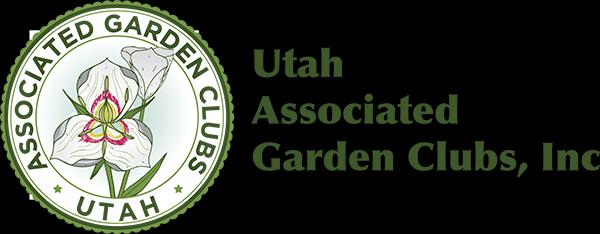
Skylar Christensen is a seed specialist and brand manager at the Lehi-based seed company, Nature’s Seed (www.naturesseed.com). With an educational background in agricultural communications and plant science from Utah State University, he’s spent most of his life involved in landscaping, lawncare, and the seed industry. He lives in Saratoga Springs with his wife Sarah and daughter Isla. When he’s not pushing the limits of his HOA or disregarding plant hardiness zones, he can be found snowboarding and exploring the mountains of the Wasatch Front.



07
Magazine Contributors
Amanda Hammond began her floral career at a small local shop in 1998. In 2005, she joined the Harmons Floral Shop team and took advantage of ways to progress in the floral industry.



Her mentor and trainer, Alma Filipovic, sought ways to educate and sought unique ways to educate and train associates, and with her help and the support of Harmons, Hammond became one of few Certified Floral Designers in Utah, now fulfilling her role as Harmons Floral Production Manager.
Hammond has competed and placed in competitions with Utah Floral Association, including Art in Bloom and Designer of the Year.
Hammond and Harmons are working to rebuild the floral industry network in Utah along with other extremely talented floral designers and shop owners, reigniting the passion among the Utah Floral Industry.

International Society of Arboriculture, a professional green industry organization whose mission is to promote the professional practice of arboriculture and create a worldwide awareness of the benefits of trees. ISA certifies arborists, providing the public with a source for recognizing skilled tree care professionals.

Kim began her professional career helping her neighbors, who came into a local nursery where she worked and who were looking for yard solutions. She helped them plan their landscape for function, purpose, and easy maintenance. Over the years since then, Kim has taught clients what she has learned in all areas of yard care while she also learned from them about the many detailed issues that can pop up in a landscape. Kim also earned her Master's in Horticulture and taught plant classes through the University of Utah for 6 years. Today we have grown to a full scale landscape design team offering a variety of services to meet your needs. We are focused on helping customers turn their garden into a personal paradise that they'll want to visit year round.
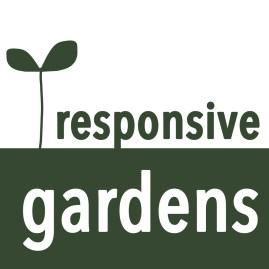
Liz Braithwaite started her career with an extensive education that included studying horticulture, landscape architecture, instruction, and permaculture. After recently graduating, she decided that her passion primarily relied with helping others create ecological landscapes that were functional and beautiful. She started Responsive Gardens that offers design and education service to fulfill this goal.
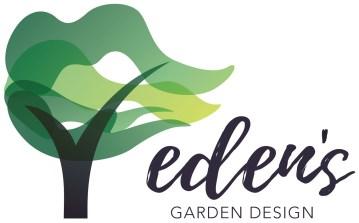
08
The Utah Native Plant Society was formed in late 1978 specifically out of a growing concern for imperiled rare plant species. Some of those original ideals and concerns were expressed in Goals and Objectives of the Utah Native Plant Society presented by Stanley Welsh, one of the co-founders of the organization, in September of 1978. (Co-founder and long time former board member Dick Hildreth was honored by us with a lifetime service and achievement award in March, 2005, see UNPS recognizes co-founder Dick Hildreth. See also UNPS recognizes Duane Atwood with Lifetime Achievement Award in March, 2008).

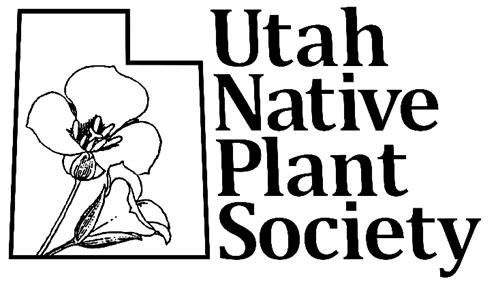
At its core UNPS is a conservation and educational organization with programs and committees focused around the protection of Utah rare native plants, Utah native plant conservation including anything that threatens the well-being of Utah native plant species and communities (not the least of which relates to invasive species), the use of Utah native plants for landscaping and restoration and research relating to Utah native plant species. www.unps.org
Kevin Borkman has worked in the green industry for over 40 years, beginning at the age of 12, by mowing neighbor’s lawns. He has a Bachelor of Science degree in Horticulture and a Master of Public Administration degree from Brigham Young University. Some of Kevin’s career highlights include: Grounds Manager at the Oakland, California Temple and Sports Field Supervisor at Brigham Young University. Kevin loves plants and enjoys offering free gardening advice to his family and friends.

Ramona Borkman has developed a passion for gardening as she has spent time and effort caring for her own garden. Flowers are her true love, but she also enjoys growing vegetables and fruit organically to improve she and her family’s health. Ramona desires to inspire others to grow nutritious food for better health and self-sufficiency. She has earned her Master Gardener certification and continues to educate herself as she learns through trial and error, so she can share that knowledge with others. She has also earned her Bachelor of Science degree in Education from Brigham Young University.

09
Cathy King, co-editor Sego Lily President, UNPS
 Photo by Polina Kovaleva: https://www.pexels.com/photo/cups-of-milk-and-coffee-besides-scrabble-letter-tiles-
Photo by Polina Kovaleva: https://www.pexels.com/photo/cups-of-milk-and-coffee-besides-scrabble-letter-tiles-
6954756/
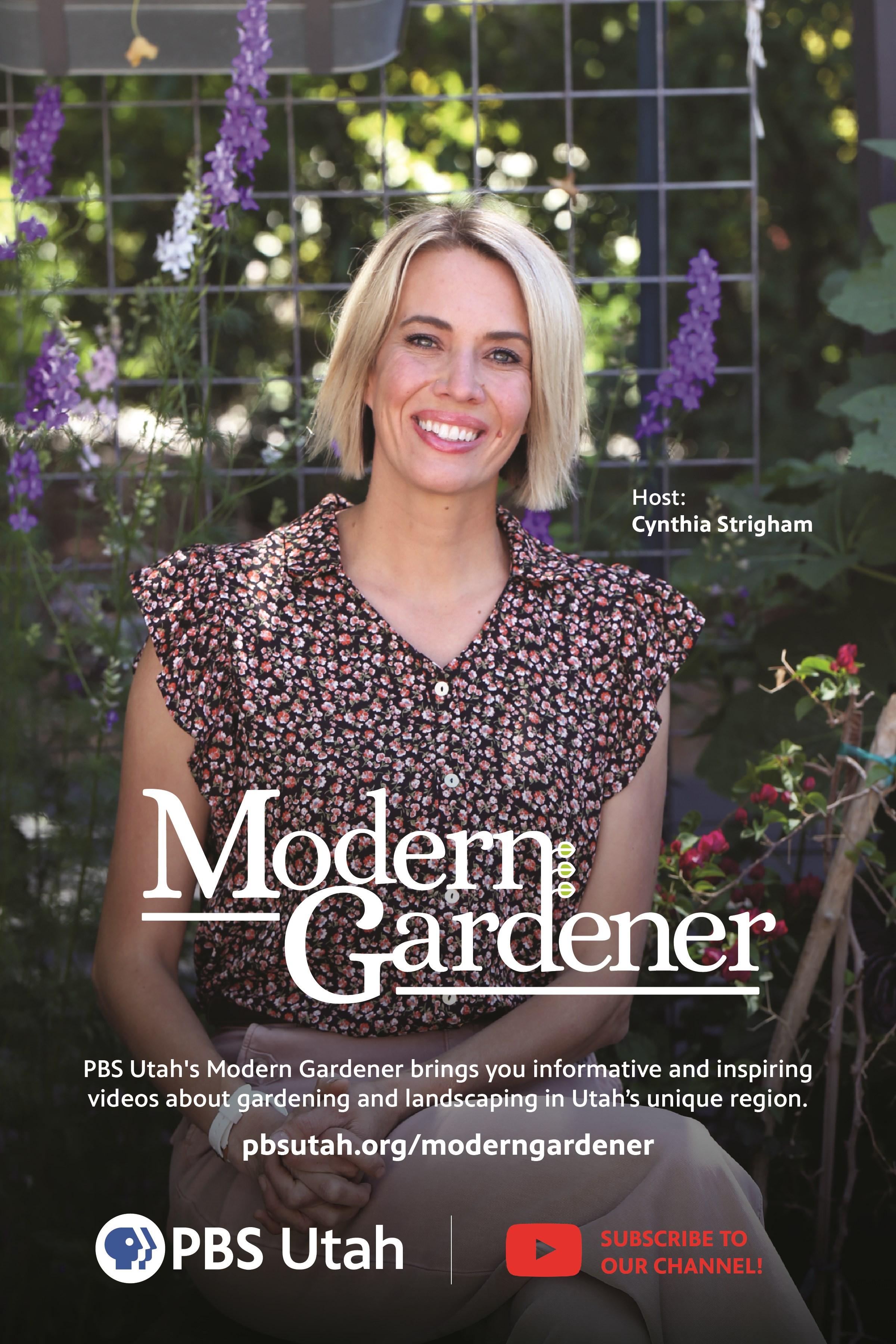
BulbsTheir Short Colorful Life
By Dennis Hinkamp, Extension Publication Specialist
Bulbs are prodigies, flowing early and brilliantly and then just hanging around looking green the rest of the year. Many people love the colors brought by spring bulbs, but have a lot of questions about caring for the foliage once the flowers are just a memory.
“I love spring-type bulbs because they are one of those lowmaintenance plants, but there are a few things that must be done to help them stay healthy and maintain large beautiful blooms year after year,” says Jerry Goodspeed, Utah State University Extension horticulturist.

Since flowering bulbs are only active for a short time, it is especially important to provide them with nutrients and the essential care, he says. The green leaves are not as pretty as the flowers, but they are critical to the bulb’s flower and health for the coming year. The leaves generate the energy that is stored in the bulbs so they can survive throughout the year and have enough strength to bloom again.
If the leaves are cut back right after the flowers die, the plant does not get a chance to generate the energy needed to enlarge the bulb and prepare for another year, Goodspeed explains. Repeatedly removing the leaves too quickly will shorten the life of the bulb to only two to three years.
Co-Op Connection 12
Don't cut the foliage back until at least two-thirds of the leaves have died.
“If they are going to be moved, wait until the foliage has died back before digging them,” he says. “You may want to keep track of their colors if they are going to be moved. It can be hard to remember which color was where at that point since the blooms are long gone.
One trick a friend taught me was to write the color in permanent marker on the leaves. Then, when it is time to dig the bulbs, simply read the leaves.
”Ideal conditions for bulb storage are a cool, dry, dark place, such as a room in the basement, Goodspeed says. They require little, if any, care while they are in storage.

13
Co-Op Connection
If the bulbs are going to be left in the same location from year to year, be certain to give them some fertilizer while the leaves are green. This helps them make and store energy for the coming year.
Have you ever wanted to know how to naturalize an area with bulbs?
Naturalizing is creating an area where the bulbs are planted in an informal, random pattern, he says. The bulbs planted in this area should increase from year to year. It must also have good drainage. Locate a naturalized site in an area that can remain undisturbed while the bulbs are growing. Wet, waterlogged soil reduces bulb growth faster than anything.“
Plant the bulbs randomly. Be sure to stay away from rows and patterns,” Goodspeed suggests. Mother Nature is not known for symmetry when it comes to bulbs and flowers. It's fun to just throw them out into the area, then plant them where they landed.
Large groups of similar colors can be planted, but be sure to use variety by mixing colors, sizes and spacing.
“The best bulbs for naturalizing are daffodils or narcissus, crocus, hyacinths, muscari (which can spread too much), and fritillaria. Some tulips can also be used, but many of the newer varieties are wimpy and die out after a few years of neglect.”
For more information, contact your local USU County Extension office.
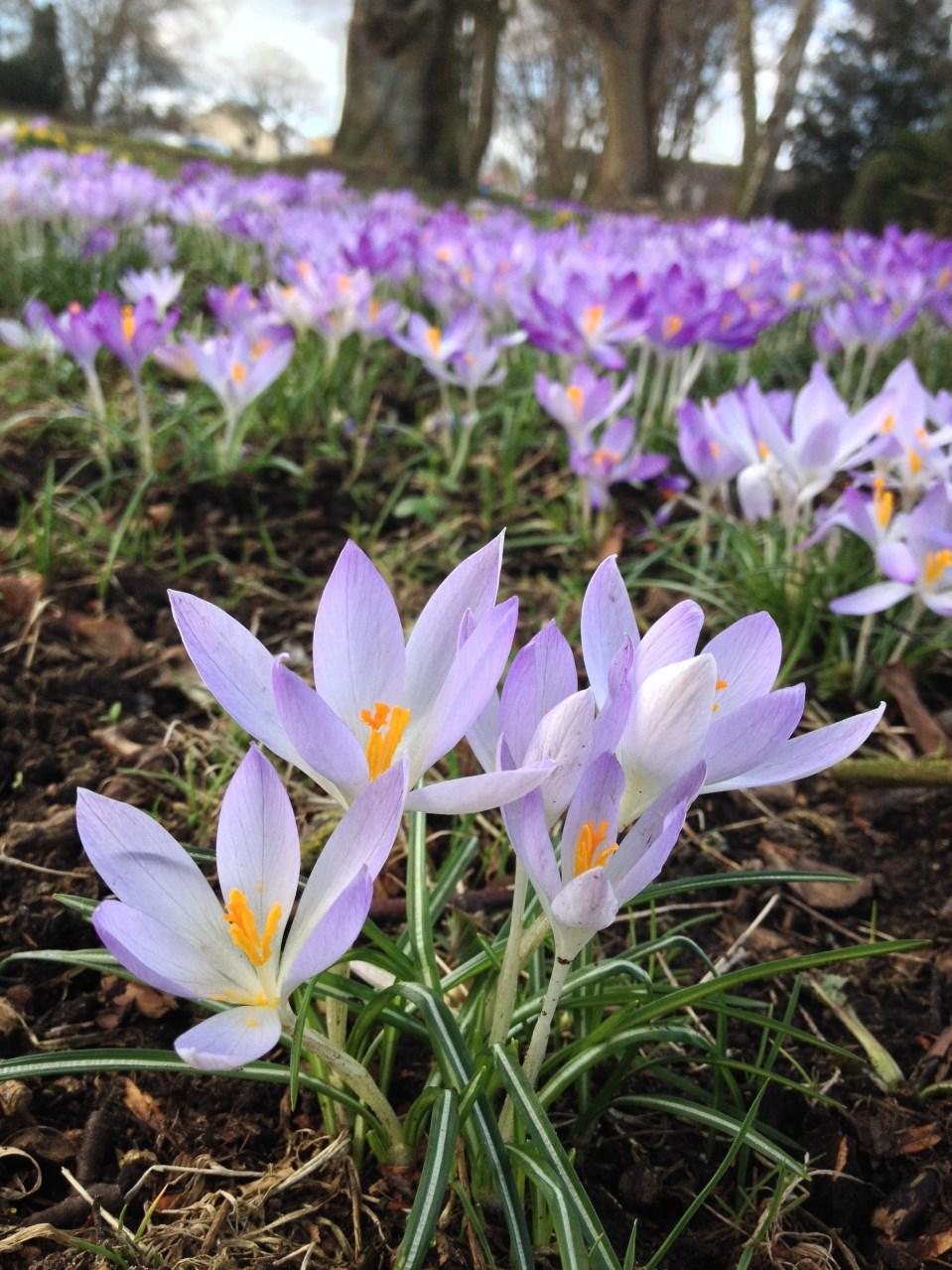
14
Phone
Email Address:


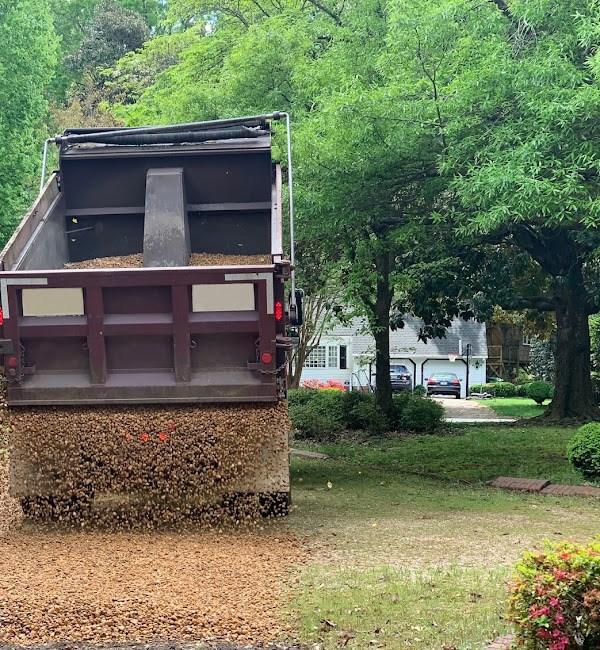

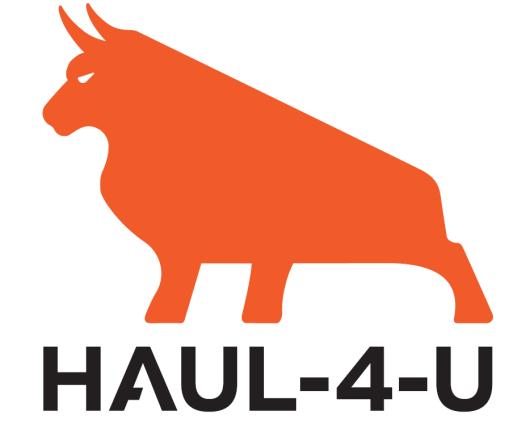
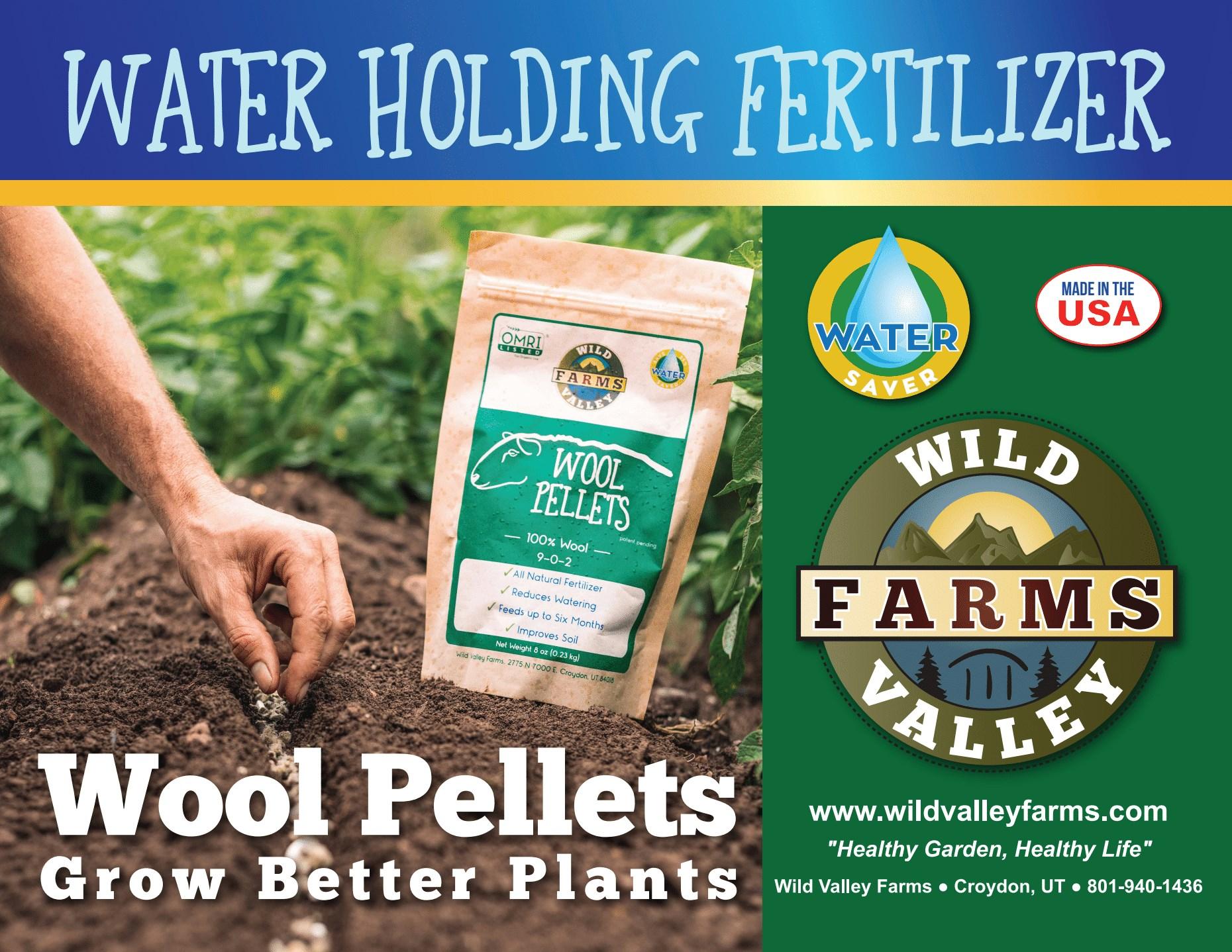
QUALITY PRODUCTS Your Source for Beautiful Landscaping Topsoil | Mulch | Bark | Compost | Decorative Landscape Rock
PREMIUM
-
-6324
Number: 385
272
Website: www.haul4uutah.com
Office@haul4uutah.com

Gardening Should be Fun, Relaxing, and Rejuvenating
Let us take the stress out of it for you!
In the Intermountain West, we deal with deep-freeze winter nights and hot, dry summers, soil structure that varies from one area to another, and irrigation water that changes depending on its source. (Water from Utah Lake can actually kill many of your favorite plants.) So, how do you create that special place in your yard to enjoy nature?
Just visit ProgressivePlants.com
We’re Utah’s largest production nursery with more than 100 acres devoted to trees shrubs and perennials that thrive here. We’ve been growing plants in the Salt Lake Valley since 1984, so we know what will grow in your backyard.
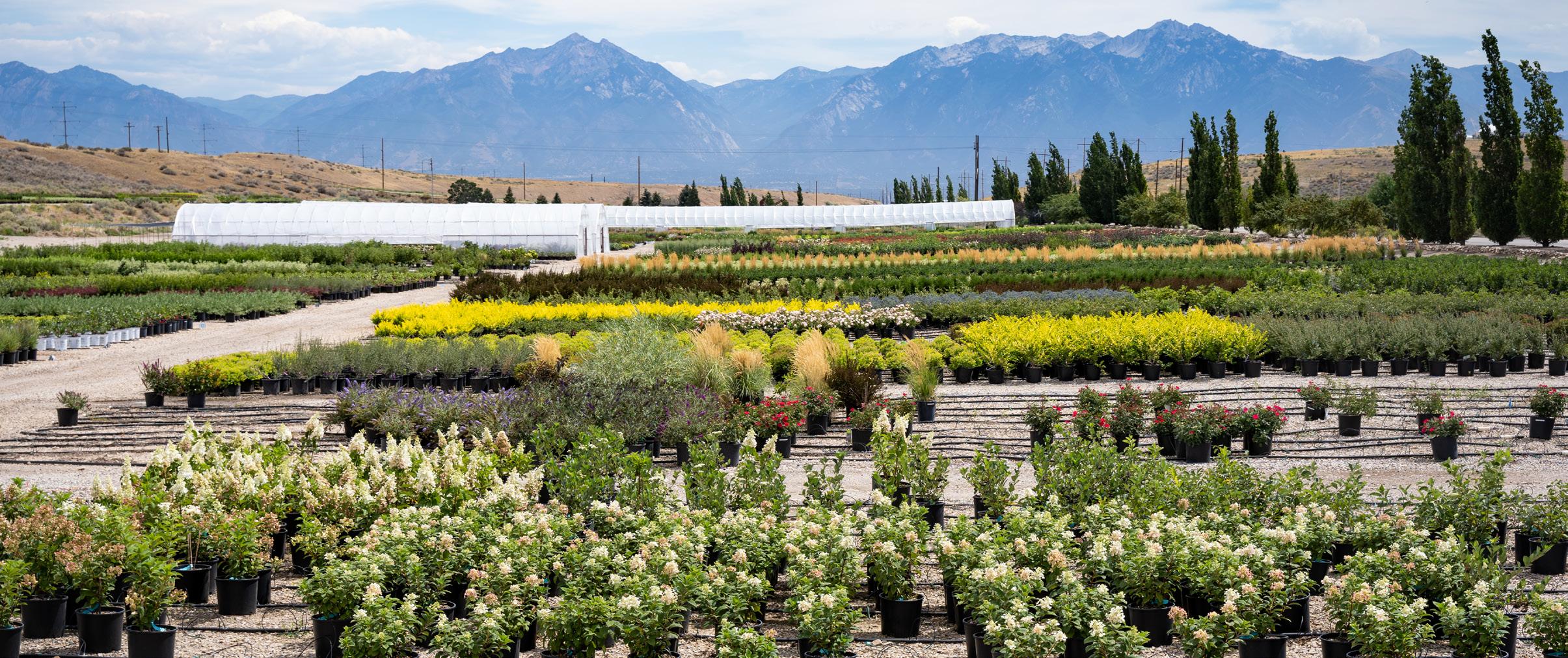
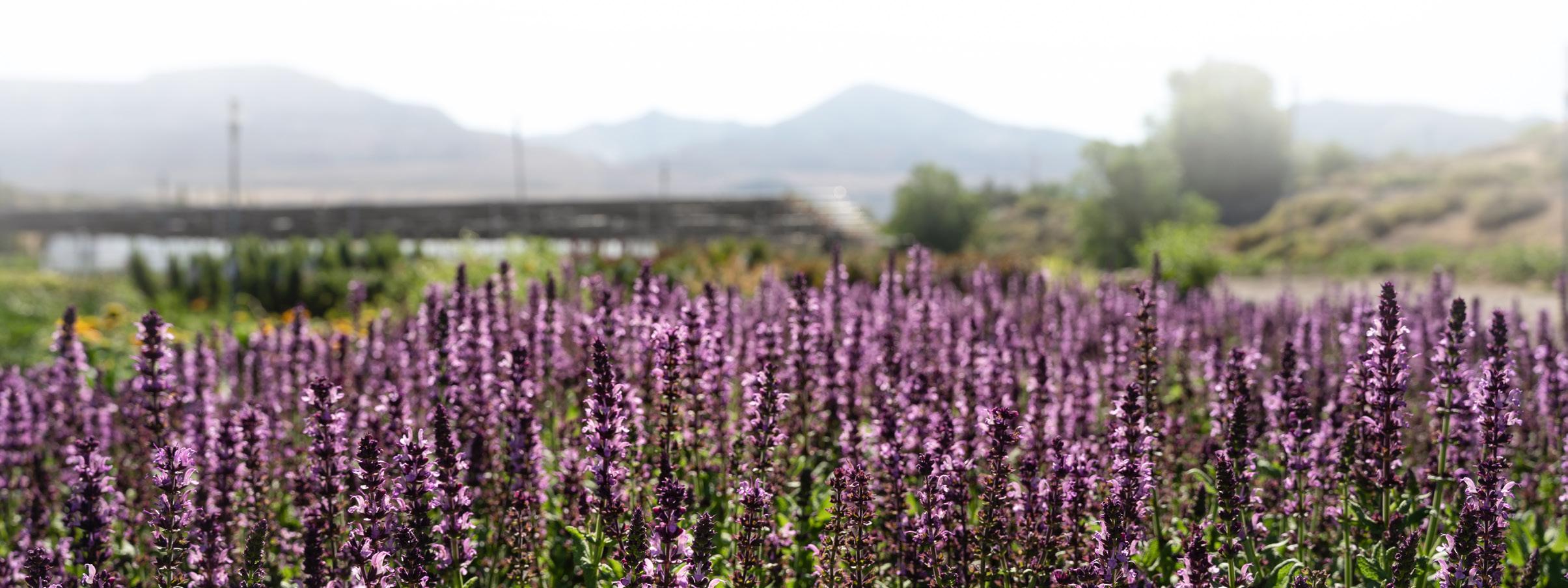
At
Progressive Plants.com You Can:
• Browse our online catalog by category: waterwise, deer resistant, ornamentals, etc.
• Order plants online for easy pick up or delivery
• Chat directly with a horticulturalist
• Schedule a FREE golf cart tour to explore the farm and be inspired.
• Contact amazing landscape designers
• Sign up for our newsletter
• And more. Check it out today!
Progressive Plants
10252 South Bacchus Hwy Copperton, UT 84006 801.565.7333
Simple Steps to Sustainability
By Kim Eden, Eden’s Garden Design
Some years ago I set out to win a battle raging in my yard. My plants did not fully leaf out, some died, while others only partially bloomed. And I was going to make them all thrive. In early spring with cold weather and just enough moisture to make the flower bed mud, I bundled up in my work clothes determined to prove to my yard who was the boss! Little did I know, I should have hired the boss.
My first plan of attack was pruning back the plants so they would grow in more fully and leaf out well. But that didn’t work. Next, I sprayed for bugs and added extra fertilizer, which worked! But sadly, only for a short time. I lost numerous plants and many others began to decline. In desperation, I swapped my spray irrigation system to drip lines and the improvement was immediate.
My plants began to recover and grow more fully. I had less weeds to pull and the area required so much less work. I was so happy with my results that I considered the problem solved. I had won! That is until I began to notice some problems remained. My plants were still covered in bugs and they still turned yellow with iron chlorosis.
But, I was not to be deterred. Even though I solved the watering issues I had still not achieved a thriving landscape. So, I looked into a maintenance company and realized they would just spray and fertilize –basically the same thing I tried. (Lame!)
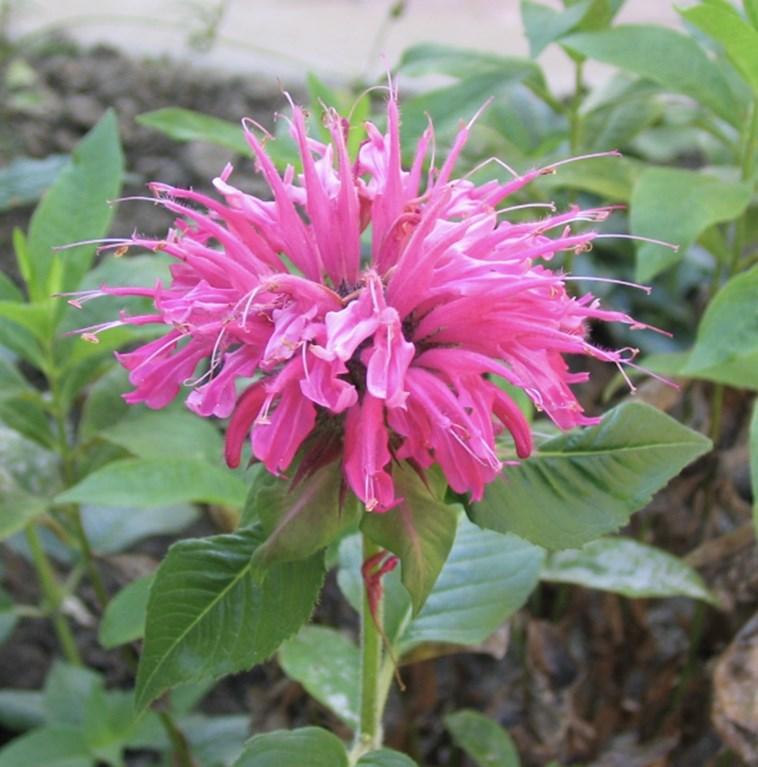
Landscape Solutions 18
After a little more research and knowledge from experts I learned that the fertilizer we are using adds too much extra salt into our already salty soils. This was a huge realization for me. Too much salt will cause nutrient leaching in my plants and thus the decline in healthy thriving plants. As a side note, fertilizer also runs off the lawns and deposited into our lakes and water sources causing algae bloom and other nasties. The short term benefit of the fertilizer did not outweigh the problems it caused. In spraying my bugs, I learned that they returned quickly with new immunities to the sprays. Darn super bugs! This happened even when I started to use more organic and household products to spray them.
There had to be a better solution than fertilizer and bug spray. Something that is more sustainable and not so harmful to the environment and ecosystem.

So I decided to hire the real pros –bugs. Experts often quote that 99% of all bugs are beneficial and only 1% of them are harmful. We just often don’t see the beneficial ones and focus on the ones we term pests. I decided to experiment by releasing bugs that prey on the pests in my landscape. The response was amazing. Within two weeks my plants were pest free and remained healthy the entire season. I wanted the beneficial insects to help me every year so I knew I needed to create a habitat in my yard. A home sweet home for bugs.
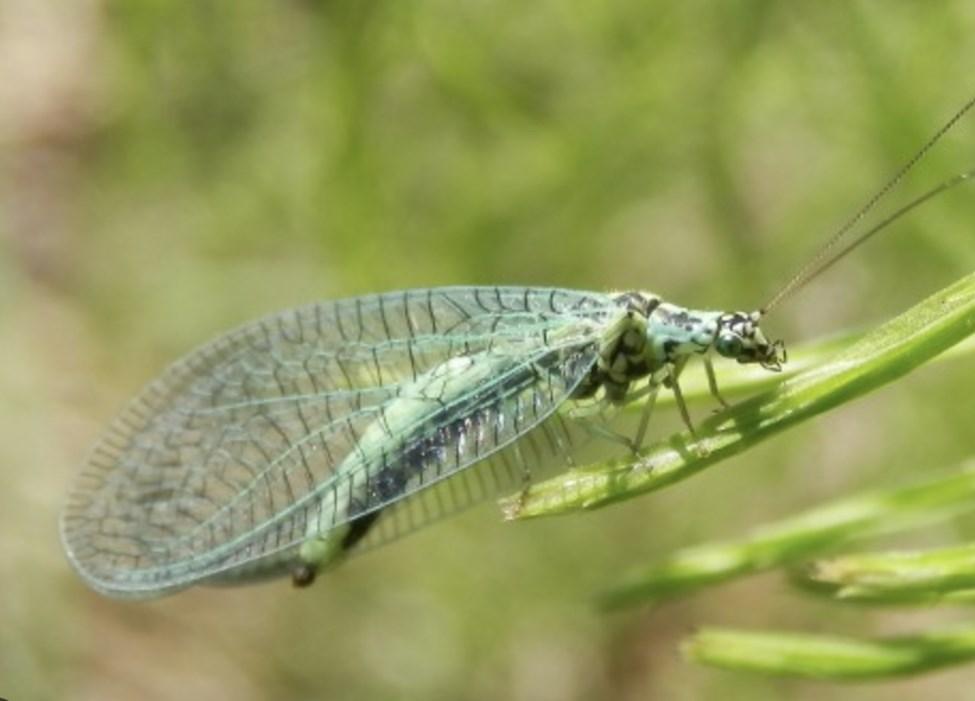 Green Lacewing
Green Lacewing
19
Praying Mantis
Landscape Solutions
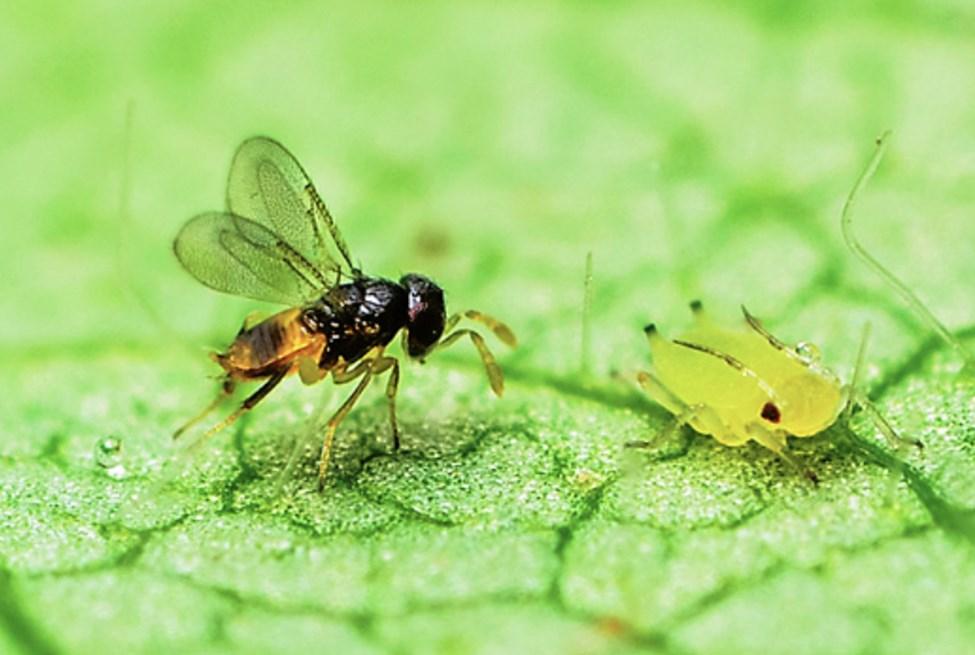
I planted their favorite plants full of nectar, I placed a few areas of fresh water source, I added a thick layer of compost in the beds and finally I created spaces for them to nest and reproduce. The only major adjustment I had to make was to leave my perennials, ornamental grasses and pollinator plants untouched for the winter so they had places to hibernate, eat, and hide for the winter. I now do my yard clean up and pruning back in the spring after the bugs are awake and ready to be the defenders of my plants. But, I still needed to solve my fertilizer issues, so I turned to compost tea. I cut up my comfrey and stinging nettle to make my own fertilizer in the form of a liquid tea.
But there are other options available such as Yum Yum, which appears to be compost but has broken down the nutrients into easily digestible food source for your plants. Any liquid fertilizer, especially from the ocean has less salt and is easier for plants to absorb. I avoid adding too much fertilizer because I know it can easily runoff into our lake. In the end, the annual application of compost to my beds has made the greatest impact as a fertilizer.
So, I finally won the war. My plants are healthy, green and vibrant and the best part is that it even takes less work than before.
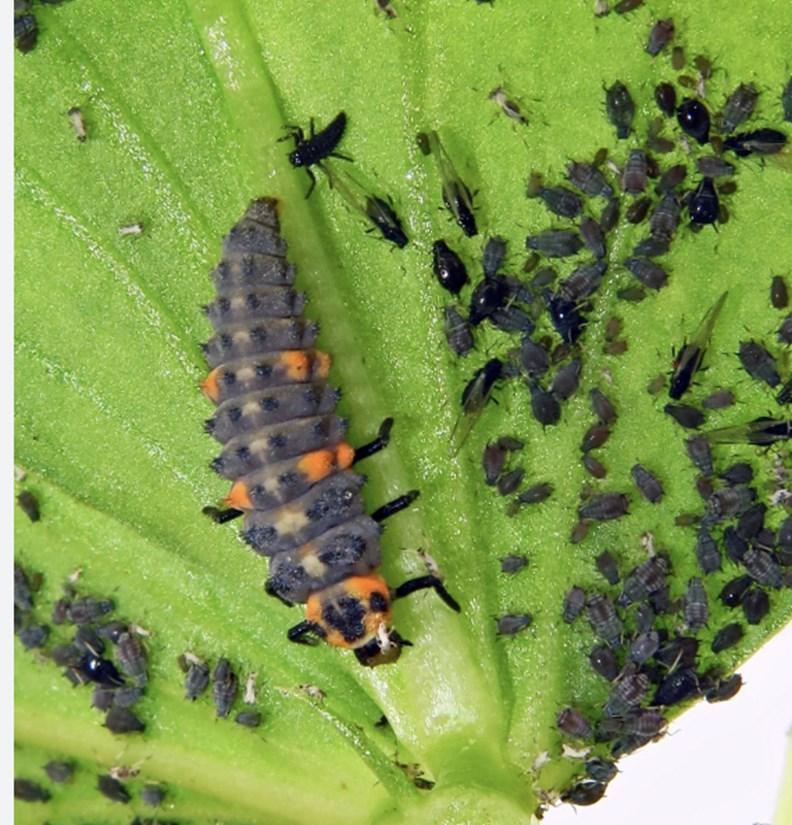 Parasitic wasp on aphids
Parasitic wasp on aphids
20
Ladybug Larvae on aphids
For your reference, the top performing beneficial insects in my yard have been: Green Lacewing, Praying Mantis, Parasitic Wasp and Ladybug Larvae (from the Lady Bug family) The top options for low maintenance, long bloom, and pollinating or high nectar perennials that my beneficial insects love are: Agastache (any kind), Bee Balm, Echinacea, Red Hot Poker, Catmint, Lavender, Lamb’s Ears, and any herb - sage, rosemary, oregano, thyme, fennel, etc.

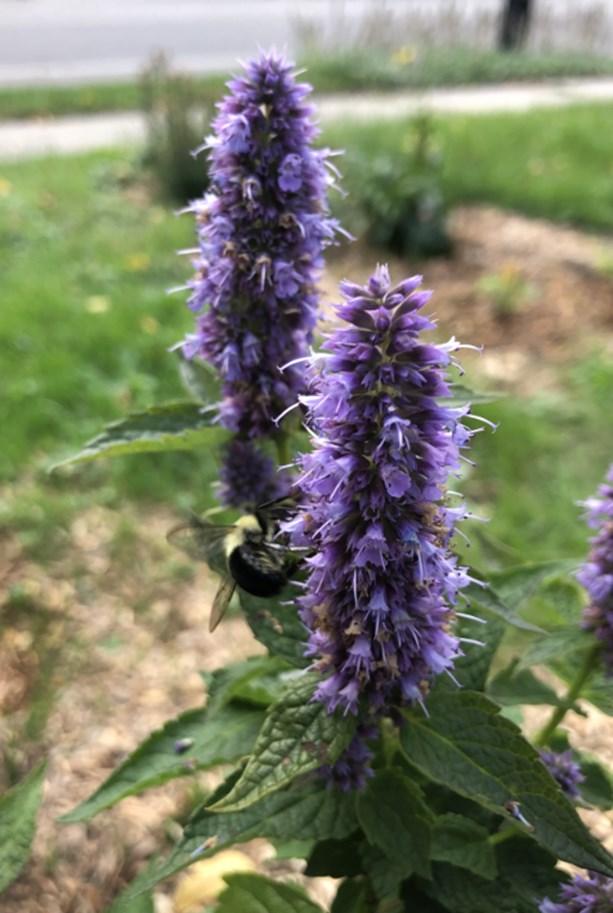
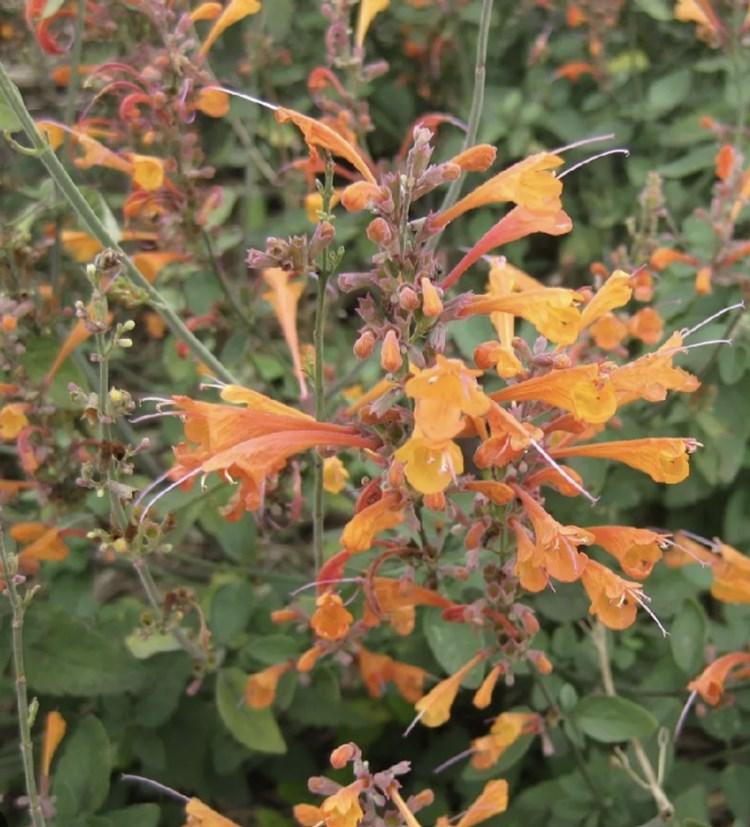 Agastache Sunset Red Hot Poker
Agastache Sunset Red Hot Poker
21
Agastache Blue Fortuna
Landscape Solutions

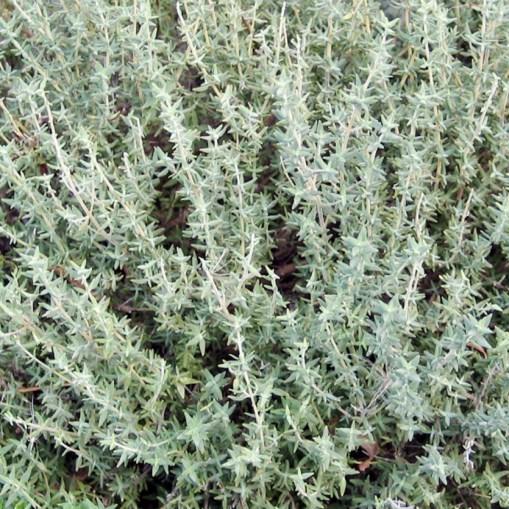

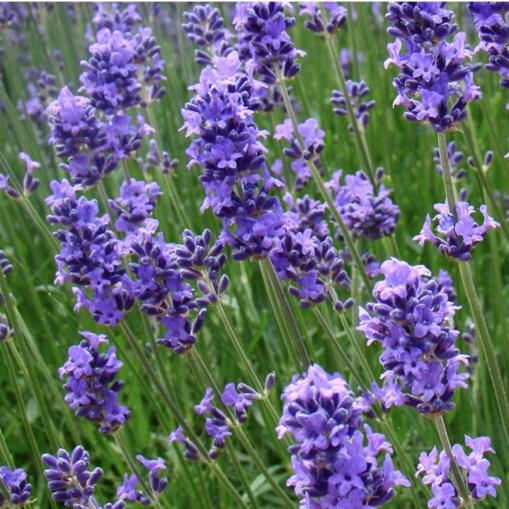

Article Summary:
Step 1. Switch to drip watering system
Step 2. Use compost and small amounts of liquid fertilizers
Step 3. Plant nectar plants and add water sources
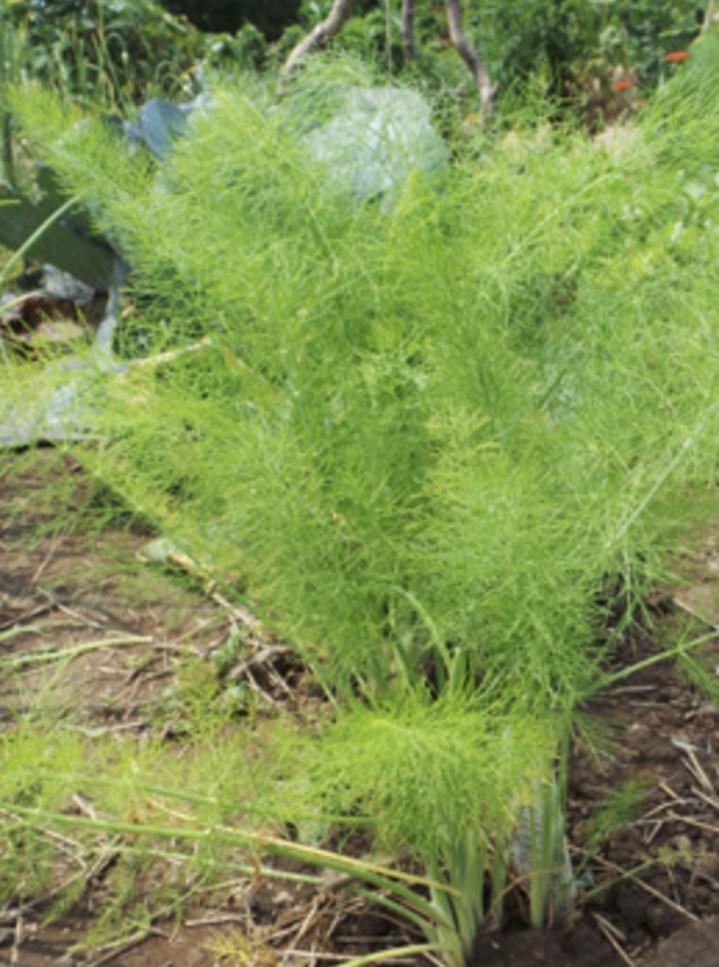

Step 4. Release beneficial insects in yard

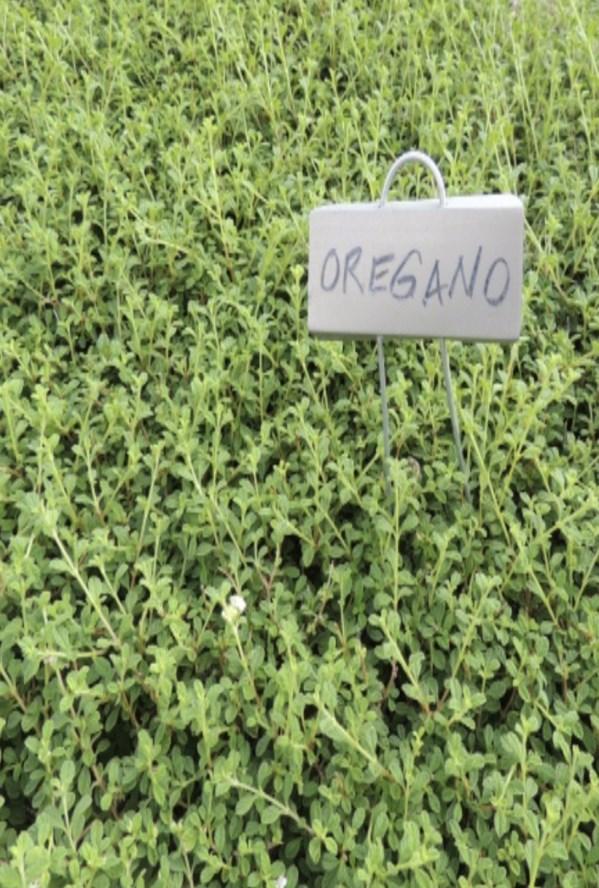
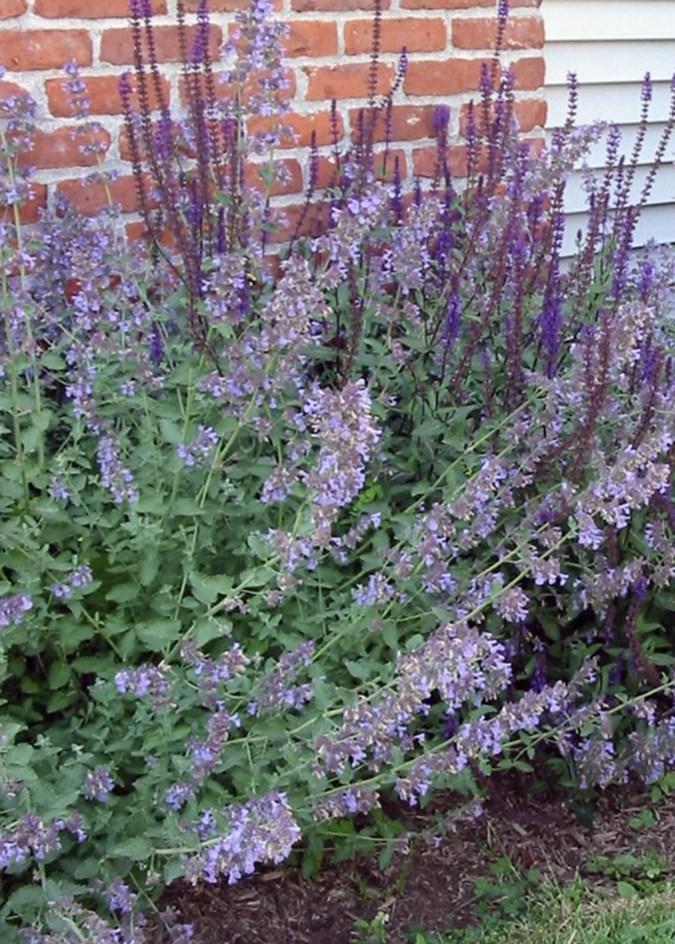
Step 5. Prune back only in late winter early spring
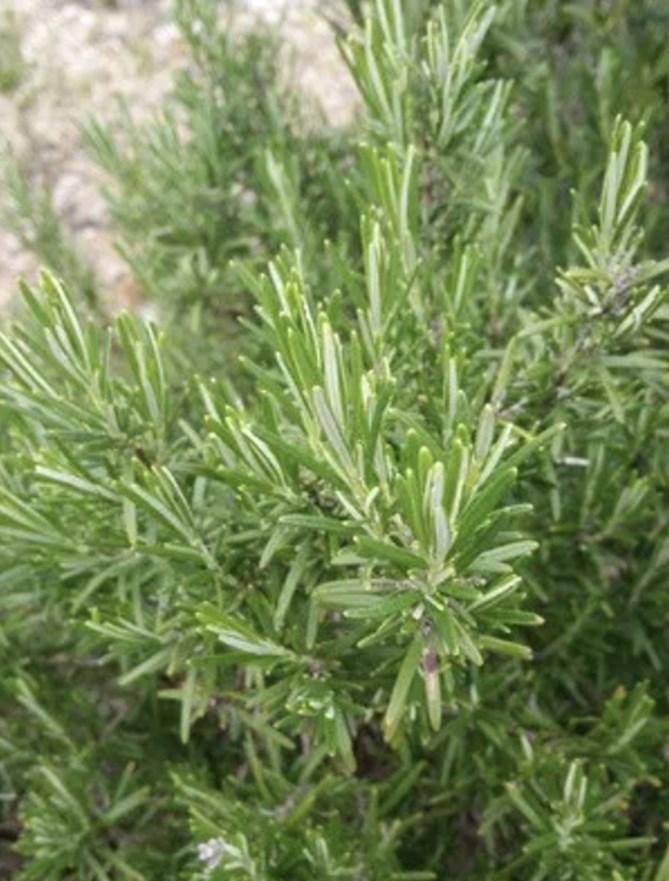 Lavender Bee Balm Echinacea Thyme
Oregano
Garden Sage
Lambs Ears
Fennel
Catmint
Lavender Bee Balm Echinacea Thyme
Oregano
Garden Sage
Lambs Ears
Fennel
Catmint
22
Rosemary

Alternative Lawns: Rebellion Coming to a Neighborhood Near You
 By Skylar Christensen, Nature’s Seed
By Skylar Christensen, Nature’s Seed
To some, they’re a source of pride and joy. To others, they’ re a wasteful example of mankind’s will to subdue nature. But to most, they’re simply a familiar landscaping approach with practical applications. Lawns, love ‘em or hate ‘em, have played an integral role in the American landscape from the very beginning. Understandably so considering our British heritage, where an expansive green lawn stretching out from the manor was considered a status symbol for hundreds of years. But while settlers to the New World may have brought their landscaping ideals with them, they weren ’t able to bring the moist, temperate climate of the British Isles which allowed those lawns to thrive almost effortlessly.
Do You Pass on Grass?
Which brings us to one of the biggest debates in landscaping today. In a time when water and resources are being stretched like never before, does the Great American lawn still have a place? Should it have a place? I believe the answer is yes to both questions, but not quite in the traditional sense. Like my music preferences in the 90s, we need to take a more alternative approach.
Diversify with Seed
24
TWCA Bluegrass
The Proper Role of Lawn
First, it’s important to understand the proper role of lawn in the landscape. The Utah-based Localscapes program does an excellent job defining the proper role of lawn and establishing standards for its use. Localscapes promotes a design concept known as “central open shape”. The central open shape creates the focal point of the landscape. Visually, it provides a rest for the eyes and helps a yard appear organized and well maintained. Beyond the visual aspects of the central open shape, there are practical reasons for having one. It’s where the action is! In other words, it’s the place in your yard that will see the most traffic. Whether it’s from children scampering, dogs fetching, a game of cornhole, or even a backyard wedding, the central open shape is the stage for all kinds of recreation. While the central open shape isn’t required to be lawn, it makes sense whatever groundcover used balances durability with softness.

Tradition!
Traditionally, Kentucky bluegrass has been the groundcover of choice for the northern half the United States thanks to its dark green color, soft velvety texture, and unparalleled traffic tolerance. In the southern portion of the country warm-season turfgrasses such as bermudagrass, centipede grass, and St. Augustine are the main players. For decades this tradition has remained unchanged and unchallenged, a one-size-fits-all approach to residential lawns. In climates where these turfgrasses are ill-suited we alter our property to make them work, often with extensive irrigation systems, soil amendments, and other inputs.
25
Thyme Groundcover
Diversify with Seed

Changing Attitudes
But the times they are a-changin’, and America is on the verge of an alternative lawn revolution. Drought has plagued the West for over 20 years now with no end in sight. Fertilizer costs are skyrocketing, and homeowners are becoming more aware of the environmental and financial impact of their traditional lawns. Wherever you are in your lawn philosophy, whatever side of the debate you find yourself, I say there’s a way to have your cake and eat it too. Take a walk with me as we explore these alternative groundcovers, starting with the most subtle and moving towards the more radical.
Our first stop brings us to a familiar looking patch of grass. At first glance there’s nothing alternative about it. It appears to be good ol’ Kentucky bluegrass. That’s because it is! However, this bluegrass has a secret. This is TWCA (Turfgrass Water Conservation Alliance) certified bluegrass which has been bred to use up to 40% less water than traditional bluegrass varieties. If you’re not quite ready to move on from bluegrass or you have a situation that requires maximum traffic tolerance, this is the alternative for you.
TWCA Certified Bluegrass
26
British Manor
Fescue to the Rescue
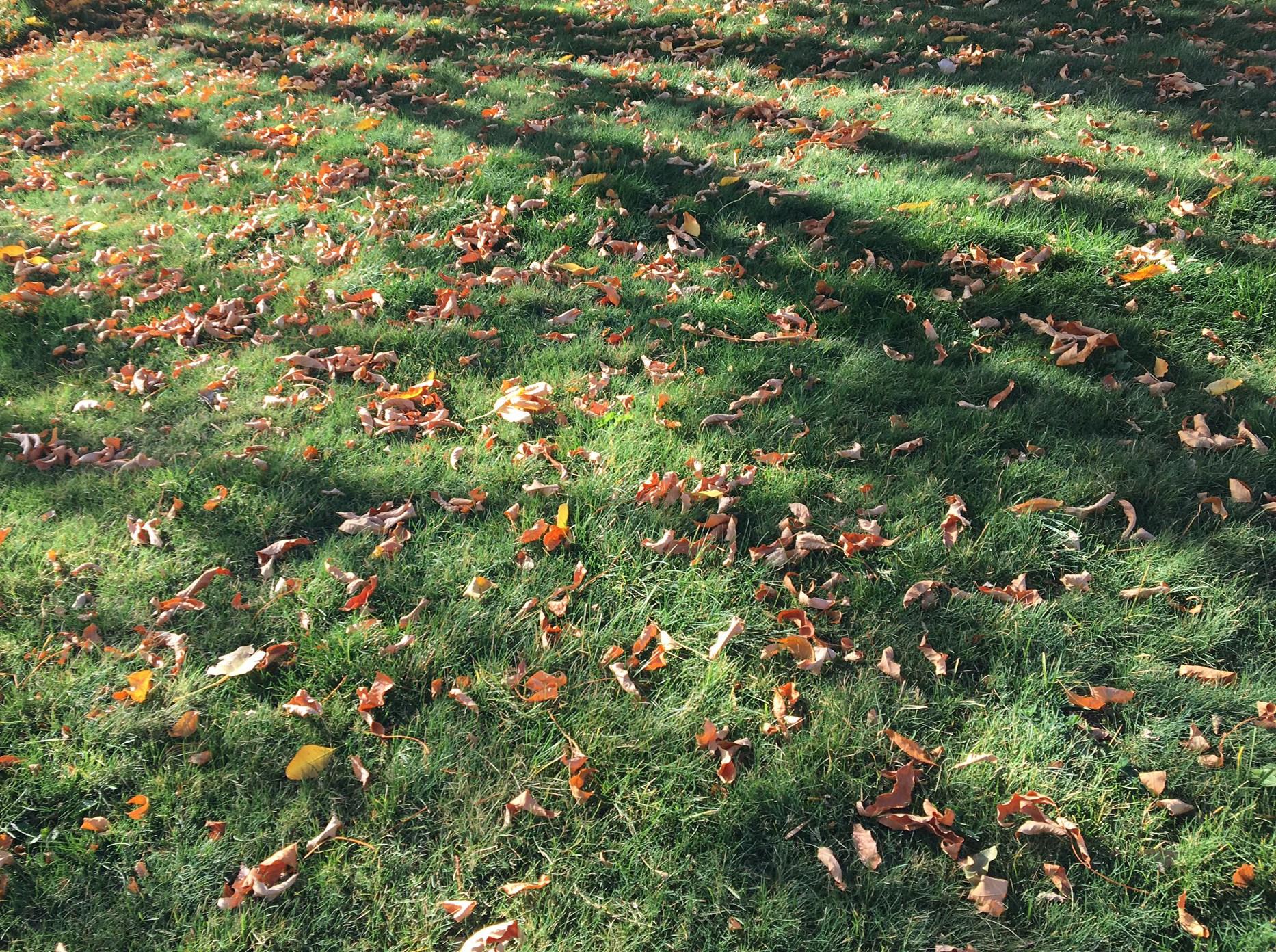
Next we have another patch of grass. Still nothing too out of the ordinary about it. Slightly finer in texture, maybe not as dark green as what you’re used to seeing. This is fine fescue, and it makes a great introduction to alternative lawns. You might call this a gateway groundcover – it was for me! Fine fescue is water-wise and has low input requirements but can struggle with heavy traffic. Also note the term “fine fescue” refers to four specific grasses: creeping red fescue, hard fescue, sheep fescue, and Chewings fescue. Hard and sheep are considered the most water efficient of the bunch.
Buffalograss
As we continue down the path, we again find more grass however it’ s starting to look noticeably different. This is buffalograss, a warm-season native. Unlike cool-season species, buffalograss thrives during the hottest times of the year. It loves heat and remains green with as little as 1/4 to 1/2 inch of water a week, around 75% less than traditional lawns. Just keep in mind it will go dormant early in the fall and remain dormant late into the spring. Other drawbacks include reduced traffic tolerance, a lighter green color, and unsightly seed heads if left unmowed.
Buffalograss has also suffered from supply shortages recently, making the seed difficult to find and expensive.
27
Sheep Fescue
Diversify with Seed
Native Cool-Season Grasses
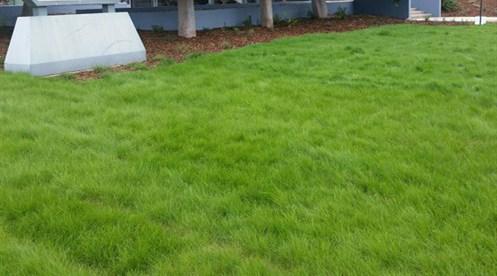
Now we find ourselves on the very edge of grass groundcovers, where the known fades into experimental. This territory is dominated by the cool-season native grasses. It includes Idaho fescue, streambank wheatgrass, western wheatgrass, San Diego bentgrass, and a few others. These grasses have exceptional drought and heat tolerance, and as natives require little if any additional inputs. Much respect if your alternative lawn journey leads you here – you rebel.
Clover
The grasses have disappeared, and in their place a variety of short growing broadleaf plants have taken over. While broadleaf plants don’t have the same traffic tolerance as grasses, they
do offer some unique benefits. Up first is the popular white Dutch clover and its smaller-leaved version, Microclover. While clover by itself doesn’t offer anything exceptional in the way of water savings, the real benefit is when it’ s mixed with grass. Together, grass and clover form a lawn that’ s more resilient than either plant by itself. What’s more, as a legume clover fixes nitrogen from the atmosphere and feeds it back to the surrounding grass, reducing the need for inputs and increasing overall vigor. It’s also resistant to dog urine, making it a great addition to a lawn shared with your furrier family members.
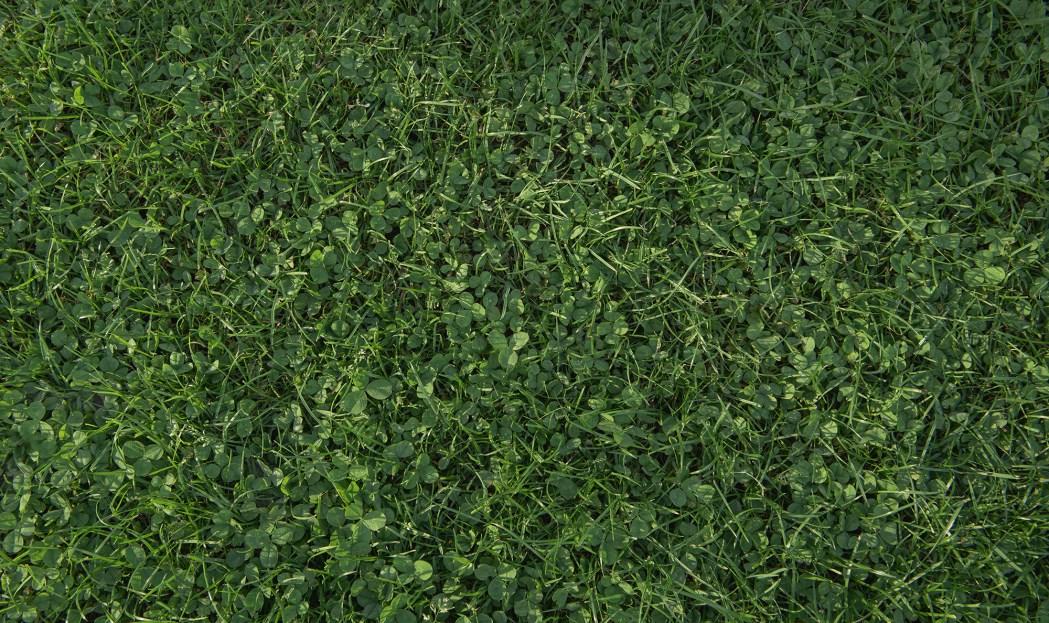
Yarrow
Further down the path we find a thick evergreen mat of fine, feathery foliage known as yarrow. Once established, yarrow lawns require no irrigation or additional inputs.
Grass & Clover Lawn
28
San Diego Bent Grass
However, you will need to keep it mowed at around two inches to prevent the base of the plants from becoming woody. Yarrow lawns are still quite rare but worth experimenting with in small areas.
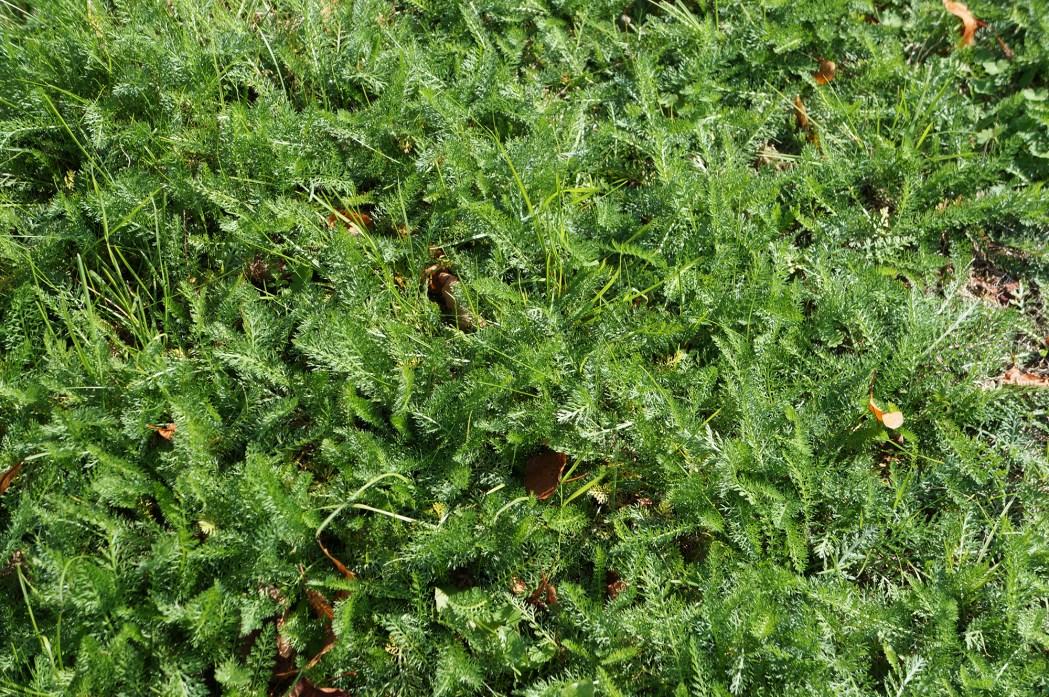
Other Broadleaf Groundcovers
Beyond yarrow, our path ends in an assortment of low, spreading groundcovers of various colors, textures, and growth habits. Thymes, sedums, and wildflowers expand outward like a patchwork quilt stretched across the landscape. The possibilities are near endless, only limited by your climate and imagination. Those that find themselves at this point on the alternative lawn path have little need for traffic tolerance and are instead motivated by a desire to live and let live – ditching their lawnmowers altogether and creating an oasis for pollinators, wildlife, and themselves.
The Road Less Travelled
There will always be some discomfort when deviating from tradition, but stepping out into the unknown can be exhilarating at the same time. Sure there’ll be challenges. You’ll have to delay the instant gratification of a cookie cutter sod lawn. You might have to deal with an ignorant neighbor, HOA, or even spouse. There may be new gardening skills to acquire or irrigation techniques to learn. You could fail your first attempt. But as Thomas Paine, one of my favorite rebels, once said: the harder the conflict, the more glorious the triumph. Have fun, good luck, and happy rebellion!
www.utahquarrydirect.com
801-999-0842
29
Yarrow
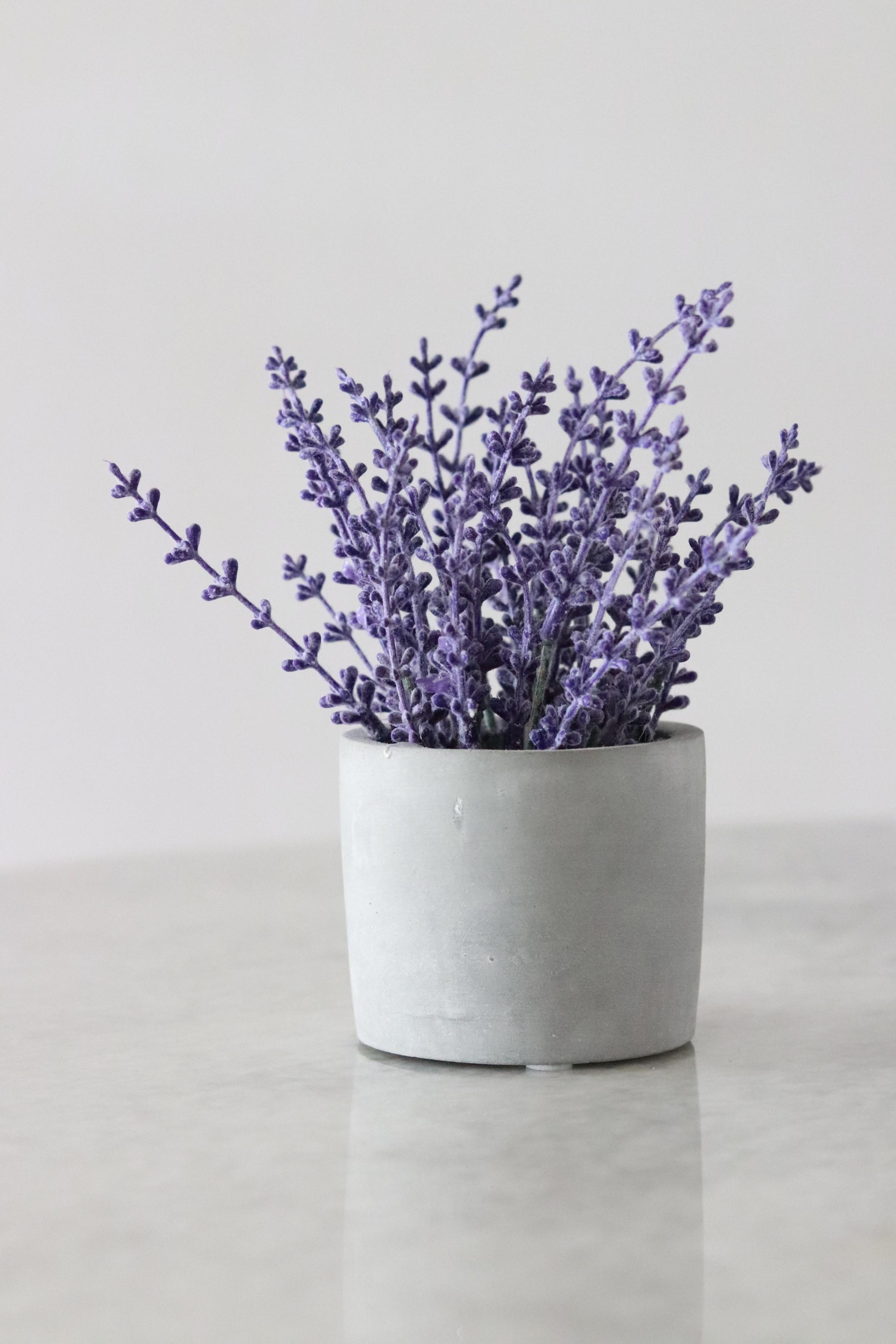 Photo by Joyce Toh: https://www.pexels.com/photo/purple-petaled-flowers-2746155/
Photo by Joyce Toh: https://www.pexels.com/photo/purple-petaled-flowers-2746155/
“As Rosemary is to the Spirit, so Lavender is to the Soul.”
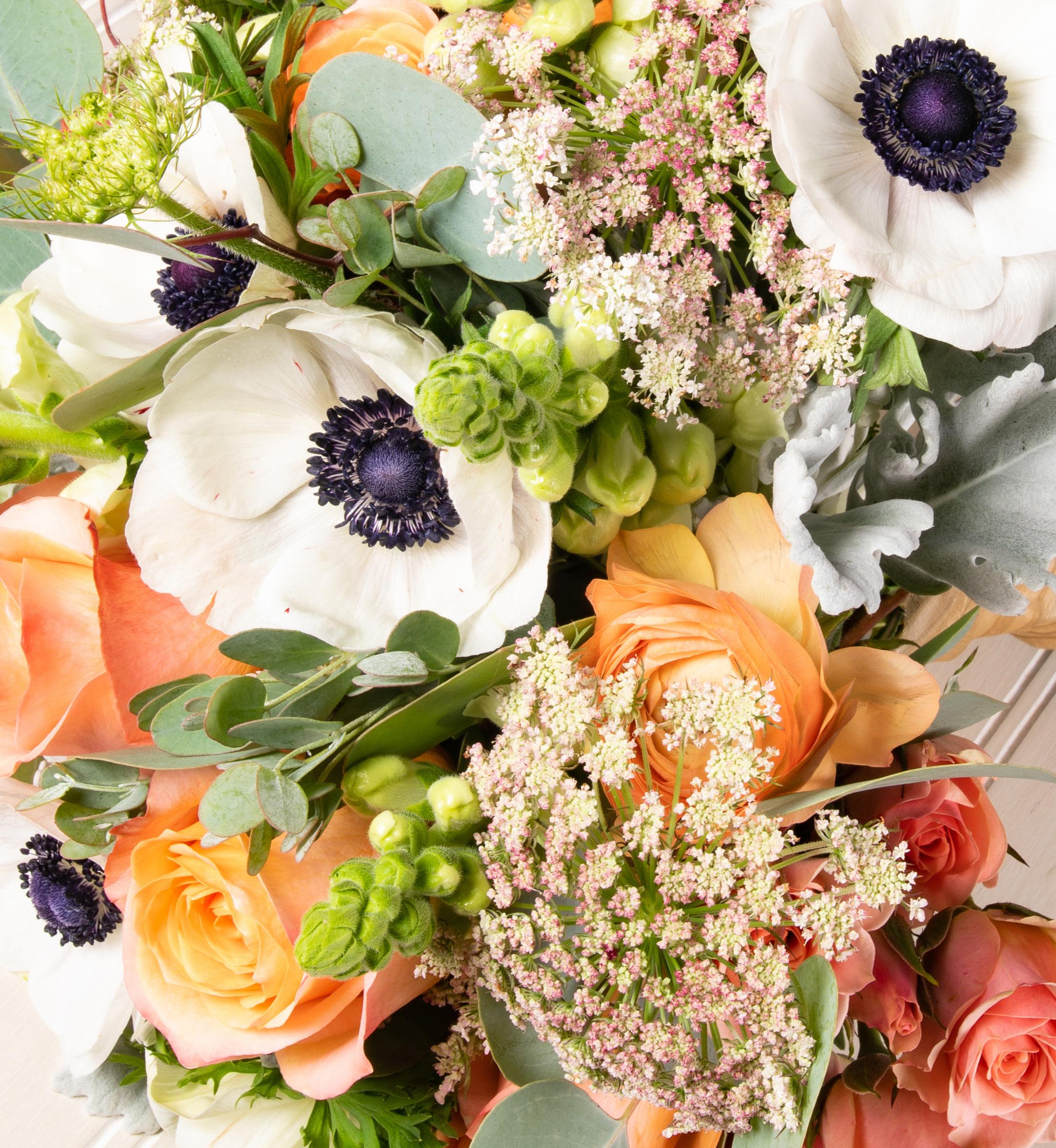


801.957.8477 | www.HarmonsGrocery.com/FlowerShop ooking for the perfect centerpieces for your wedding party? Want the right bouquet to express your feelings for that special someone? Harmons Flower Shop can make it happen. Order custom flowers and arrangements that fit your taste and personality.
A Brief History of the Utah Associated Garden Clubs
By Geoff Ellis, UAGC Past President
Gardening has a long history in the state of Utah. One of the first things the pioneers did when they arrived in the summer of 1847 was to plant potatoes and other garden crops. By the 1900’s, both vegetable and flower gardens were widely grown, and a number of local garden clubs were established. In the fall of 1932, Grant Bowen, the landscape architect for the State Capitol grounds and president of the Salt Lake Flower Garden Club, began the process of organizing the garden clubs into a statewide organization, and in January 1934,
the Utah Associated Garden Clubs (UAGC) were established as part of the National Council of Garden Clubs, Inc. (now known as the National Garden Clubs).
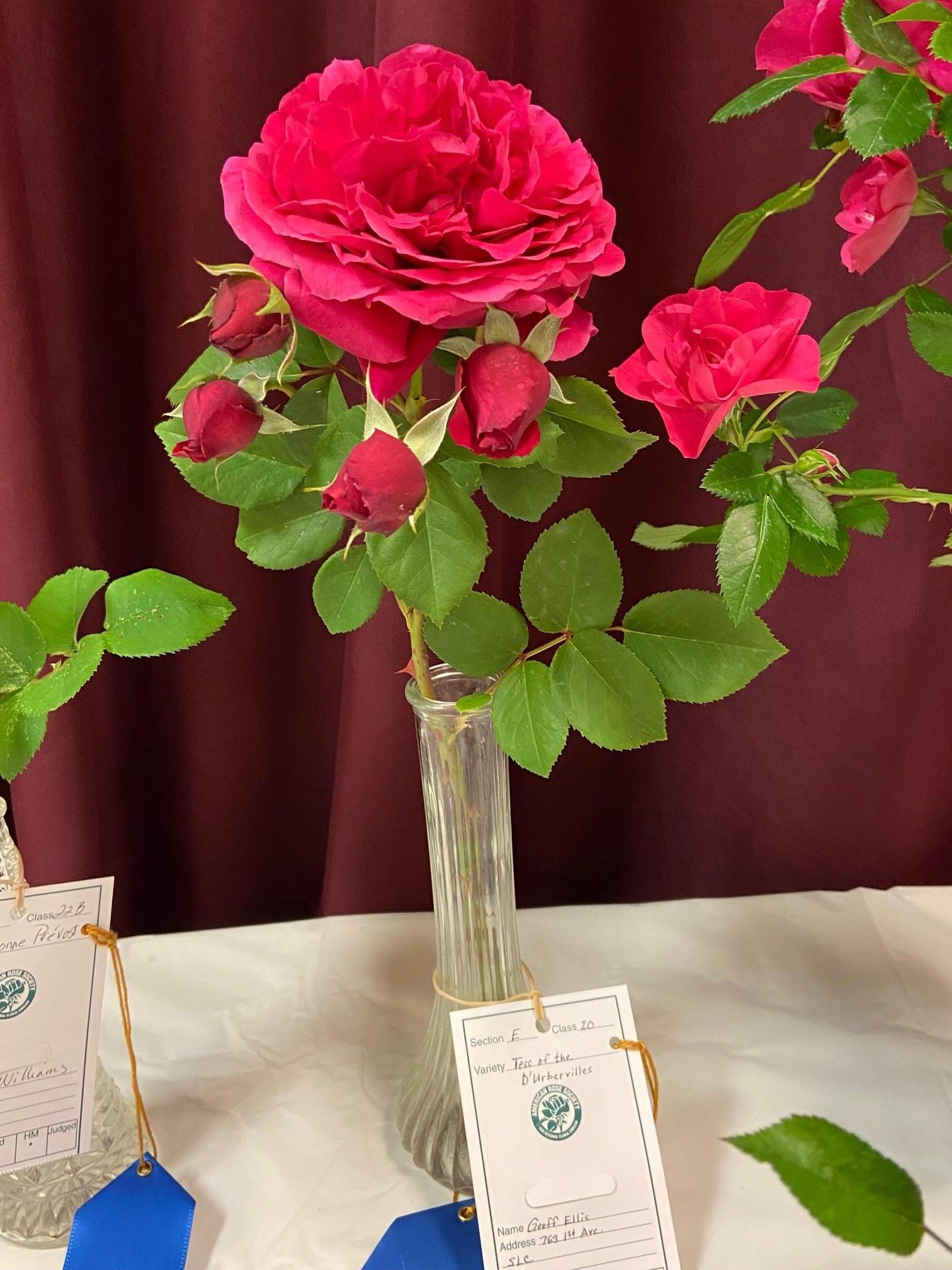
Garden Club Highlights
32
Rose Show, 2022
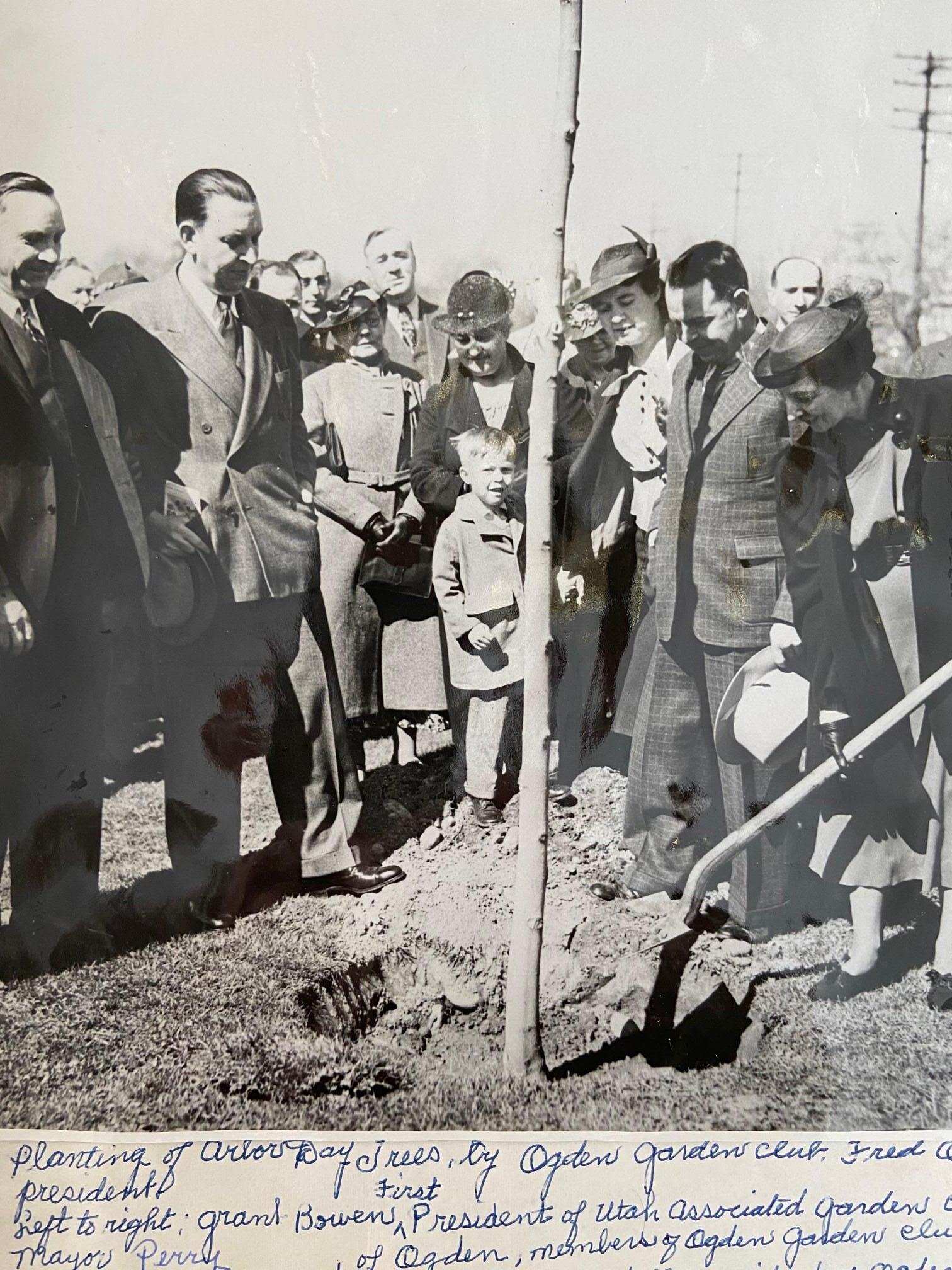
Arbor Day in Ogden, 1934 33
Garden Club Highlights

The purpose of the UAGC was not only to encourage flower shows and education but also to coordinate the interests of the various garden clubs in order to gain public support for causes such as “Conservation and protection of our native wild flowers, trees, and birds; the encouragement of civic plantings; the restriction of billboards or any unsightly features; the planting of trees and care of roadsides . . .” and “To help make Utah the State Beautiful.” By 1936 the UAGC had 17 member clubs and was publishing a monthly magazine called The Inter-Mountain Gardener.
Bonsai Show Specimen
Throughout the Depression years and World War II, the UAGC continued to hold annual meetings, Arbor Day tree plantings, and various flower shows. One remarkable event took place in Fillmore, Utah on October 30, 1944, when a Japanese-American woman, Mrs. Tawa, joined with her neighbor, Mrs. Huntsman, to display the chrysanthemums that they had grown that year. Mrs. Huntsman had lost her son in the war, and hostilities with Japan were still ongoing, yet any negative sentiments toward the Japanese were overcome by the friendship to be found in garden clubs.
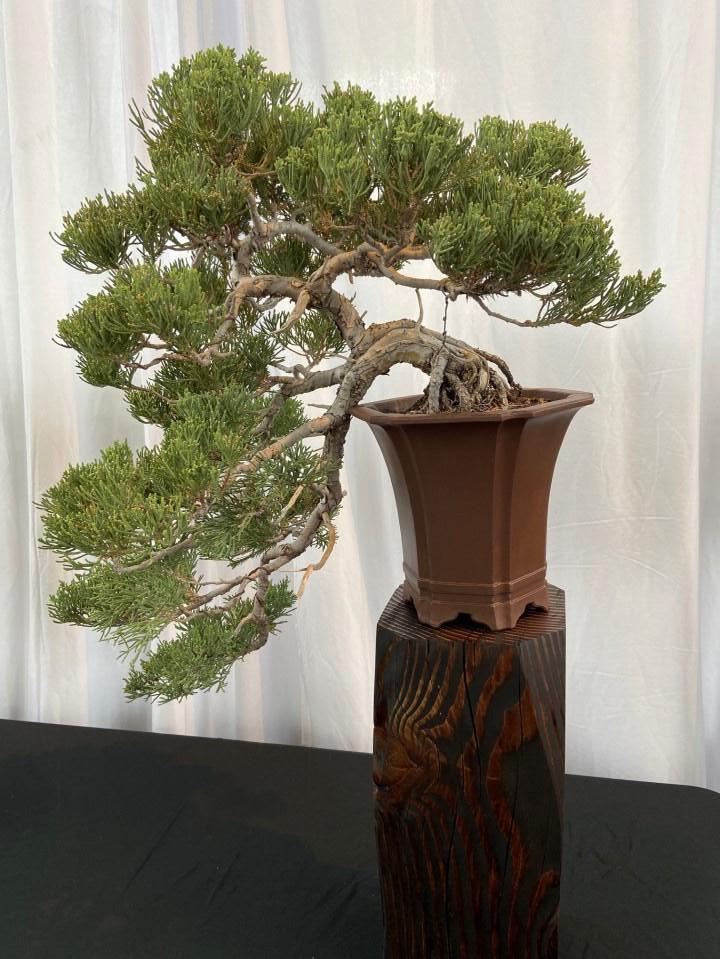
Garden Tour Highlight
34
By the 1950’s, membership in the UAGC had grown to 62 local garden clubs all across the state of Utah. It was the heyday for garden clubs in the U.S., and Mrs. Hazel Bullough, the UAGC President, began to promote the idea of constructing a permanent Garden Center. Through her tireless lobbying, financial support was secured from the UAGC, Salt Lake City, and Salt Lake County, and a site was selected in the northeast corner of Sugar House Park. On September 20, 1964, the Garden Center was officially dedicated, and it has been used for local club meetings and statewide flower shows ever since.
Towards the end of the 20th century, membership in clubs of all kinds began to decline in the U.S., and there are now only ten garden clubs affiliated with the UAGC. This situation led to the mistaken idea that all of the garden club members were dead or dying, and that the Garden Center was a vacant, abandoned building. In 2020, Sugar House Park entertained a proposal to convert the building into a restaurant or café, but it was defeated by federal regulations and a lack of funding. In the meantime, membership in the UAGC has held steady at approximately 300 persons, and we are very much alive and kicking! One of our clubs, the Utah Rose Society, even increased its membership by 121% during the pandemic, adapting to conditions by holding Zoom meetings and outdoor garden tours, while the Park City Garden Club currently has a waiting list for membership.

35
Garden Tour Highlight
Garden Club Highlights
Most of our clubs, however, are open to new members and welcome visitors. There are clubs for specific interests such as bonsai, dahlias, iris, orchids, and roses, as well as clubs with a geographic focus such as Cottonwood and Brigham City. The UAGC has also been involved with the Blue Star Memorial program, honoring America’ s veterans, and we participate in a nationwide Smokey Bear/Woodsy Owl poster contest for 1st through 5th graders. The Neighborhood Garden Club has partnered with Howard R. Driggs Elementary School in Holladay for many years to implement a successful children’s gardening program.
The Garden Center will host several flower shows open to the public this year, and it can also be rented for special events. In this internet age, a lot of gardening information can be found online, but it’s still not the same as being there in person.

Belonging to a garden club gives you the opportunity to find out what really grows in your town, to celebrate or commiserate with other gardeners, and to make new friends. You can find out more about us at utahagc.org.
Garden Tour Highlight
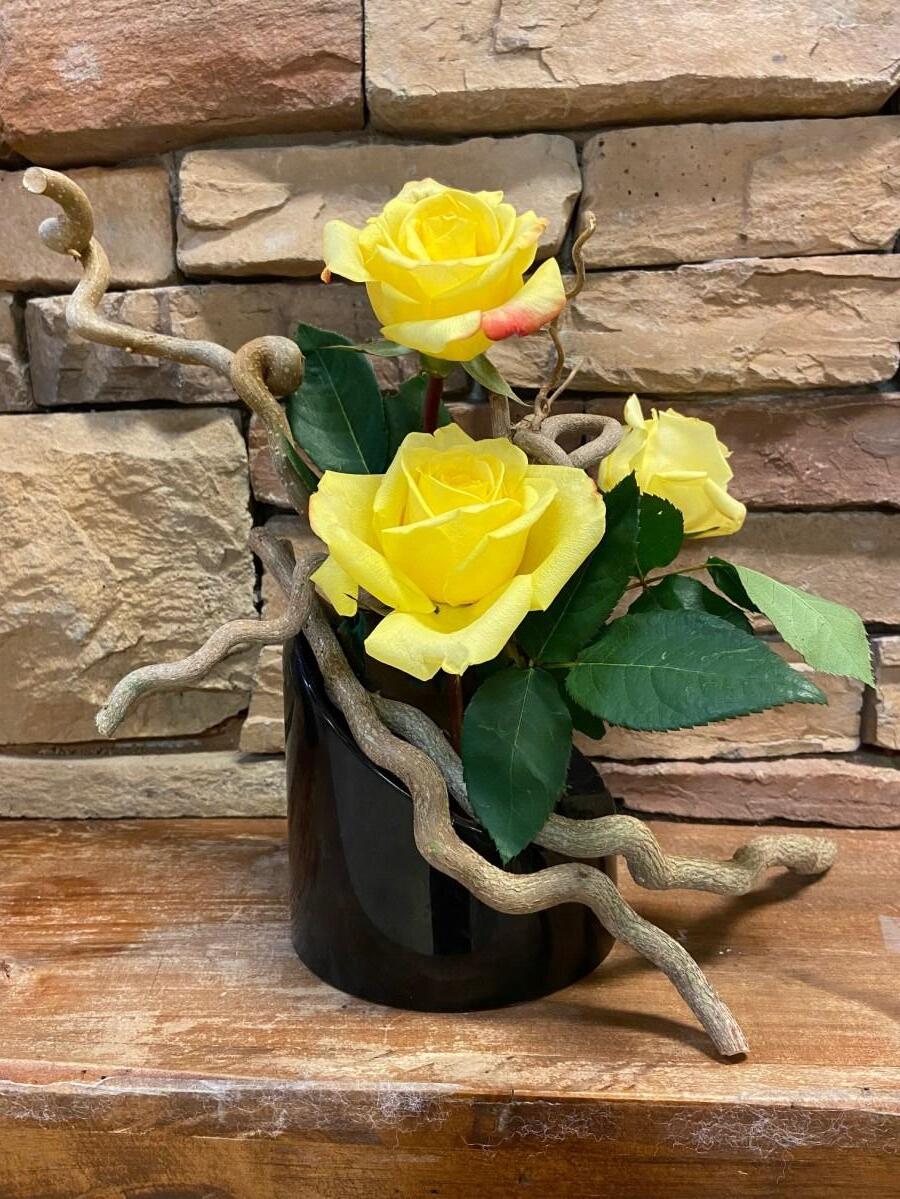
36
Modern Rose Arrangement
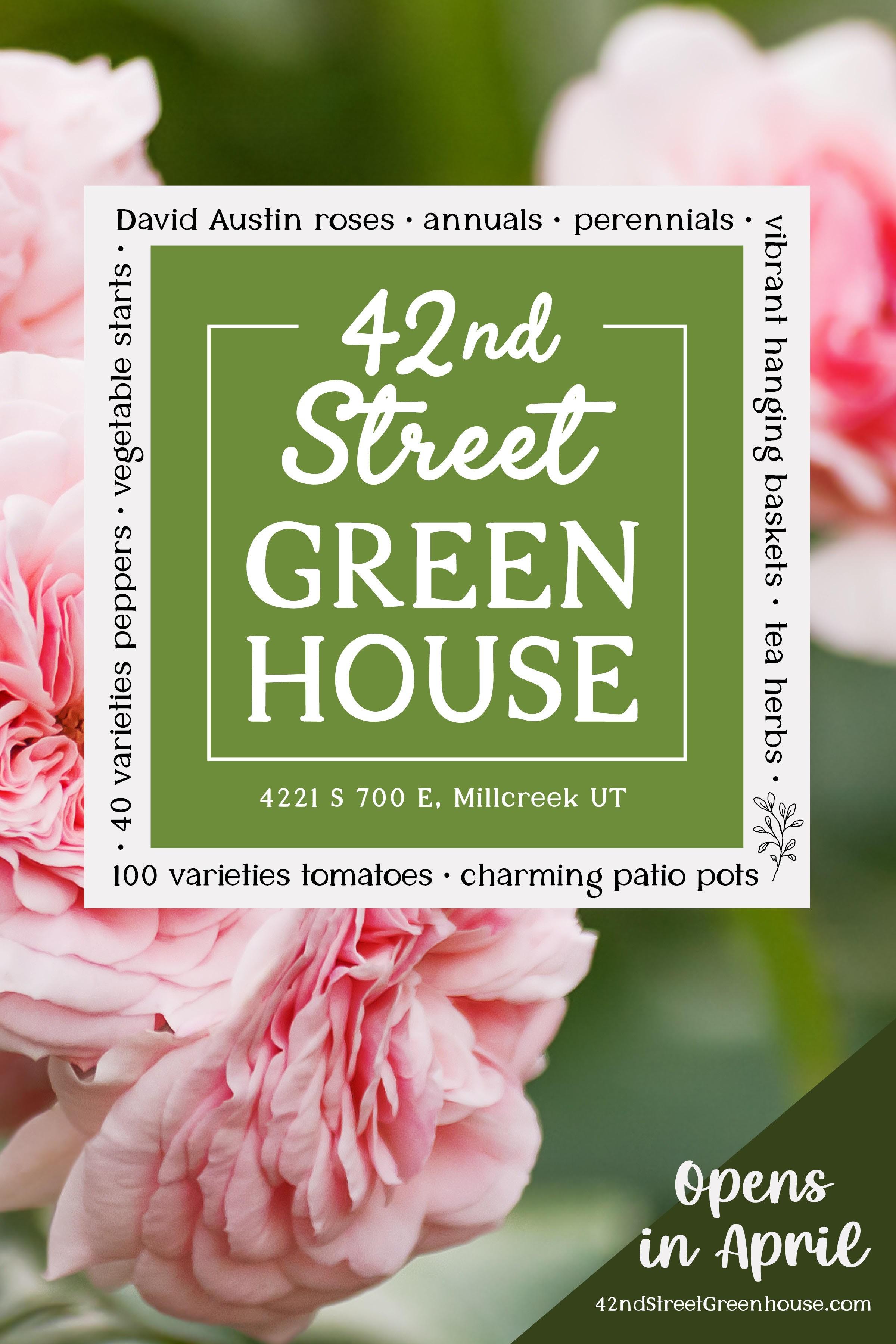
Grow NativeAsclepias tuberosa
By Cathy King, co-editor Sego Lily President, UNPS
It’s a brilliantly orange flowered plant native to Utah that can grow as much as 40” high in the most hospitable conditions, but probably shorter in a dryer, xeric garden bed. If you are looking for that bright punch of color that not only bees love but is also attractive to Monarch butterflies, consider adding Asclepias tuberosa, commonly known as butterfly weed, to your xeric perennial border. It flowers in early to midJune and quite often has a second flush of flowers in late summer.
https://www.thepaintboxgarden.com/
Asclepias tuberosa is second to A. speciosus when attracting the Monarch butterfly and the two combined are even better. If you can obtain seed, just direct sow in the fall. But well developed plants are available at local nurseries or can be ordered online and can be planted out in the spring or fall. This spring is a perfect time to add it to your garden.
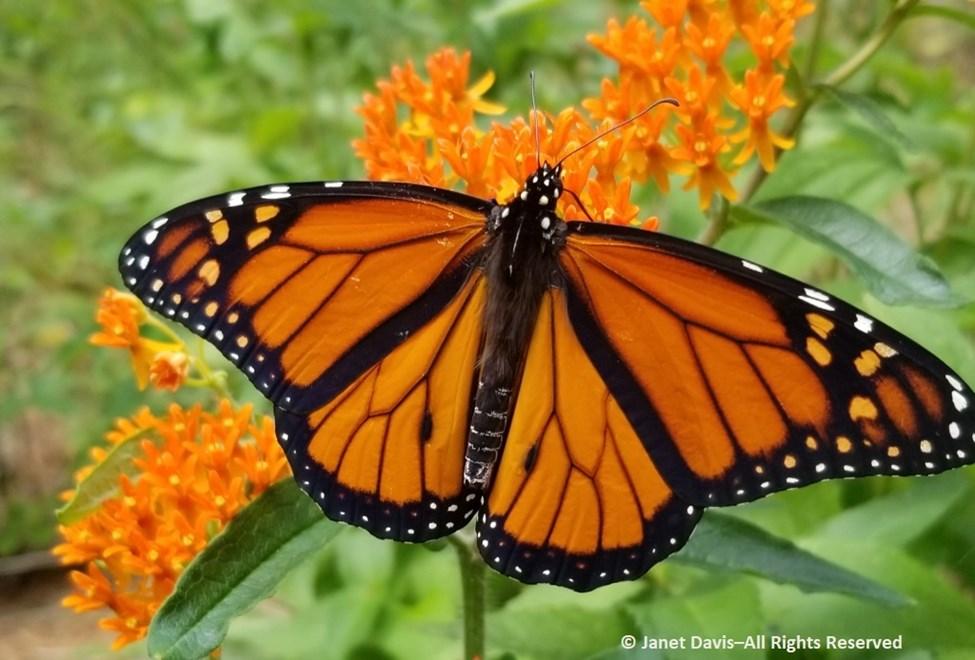
Going Native
38
Photo of Monarch butterfly on Asclepias tuberosaa by Janet Davis at the

 Garden photo of Asclepias tuberosa, butterfly weed, by Cathy King.
Garden photo of Asclepias tuberosa, butterfly weed, by Cathy King.
39
Photo of Monarch butterfly on sunflower by Andrey Zarkikh
It Pays to Save
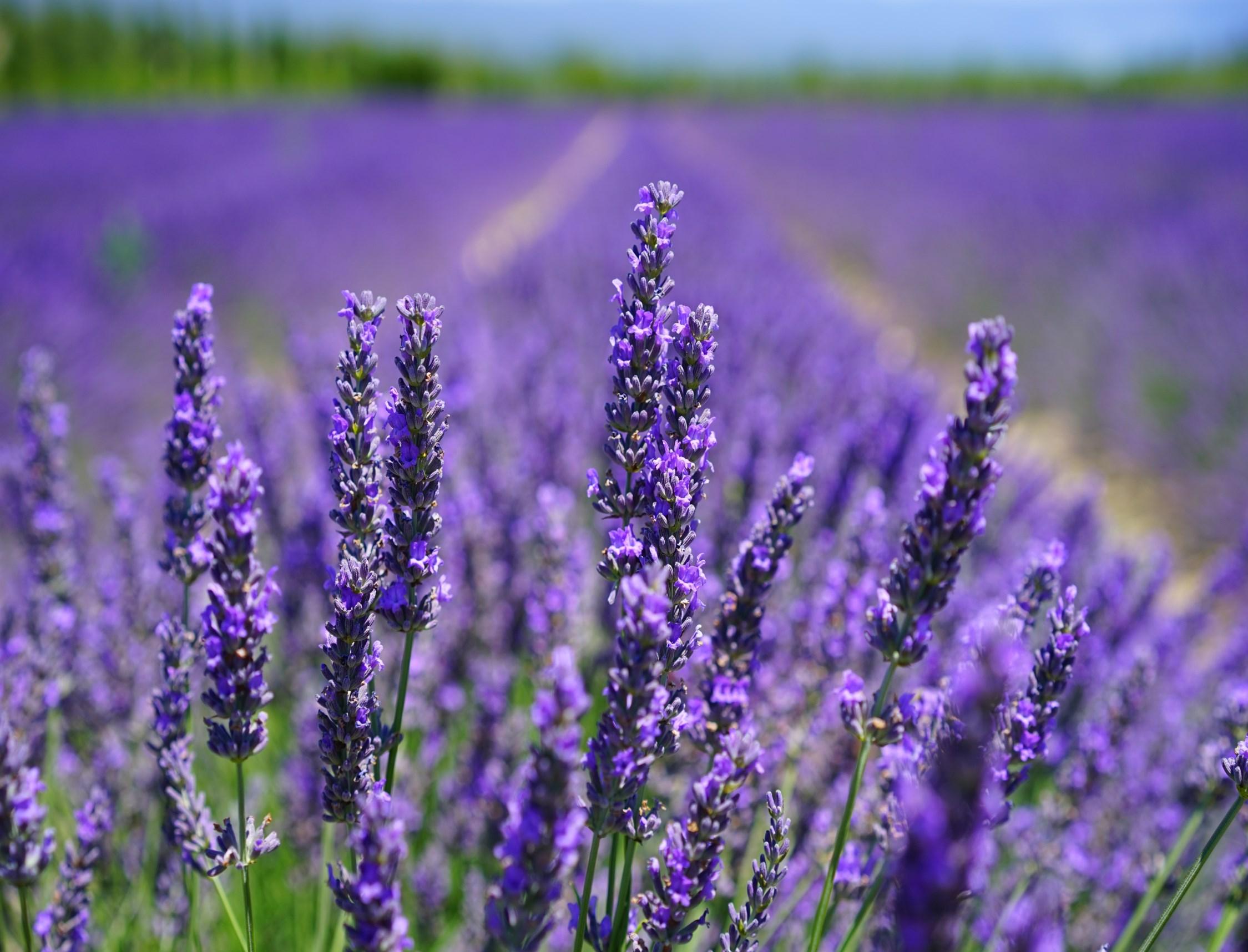

Ph ot
“Lavender – the Color and Scent of Relaxation, Youthfulness, Creativity, Imagination, Optimism”
Know What’s Below Before You Dig!
Blue Stakes of Utah 811 is issuing a safety reminder to Utah Residence.

“Call 811 Before You DIG” this not only applies to the professional contractor but to all homeowners.
Anyone who wants to put a shovel, or any other kind of digging equipment in the ground is required by law to Call 811 or contact bluestakes.org to
“Submit a Ticket” to have the underground utility lines located and marked with paint and/or flags. This is for everyone’s safety. It’s a FREE service and remember, It’s the LAW!
Protecting the underground facilities that we all rely on every day is a shared responsibility.
Please do your part and remember to contact Blue Stakes at least two full business days before beginning your digging project. Check out our website for more information
https://www.bluestakes.org and to download our APP and Excavators’ Guidebook.
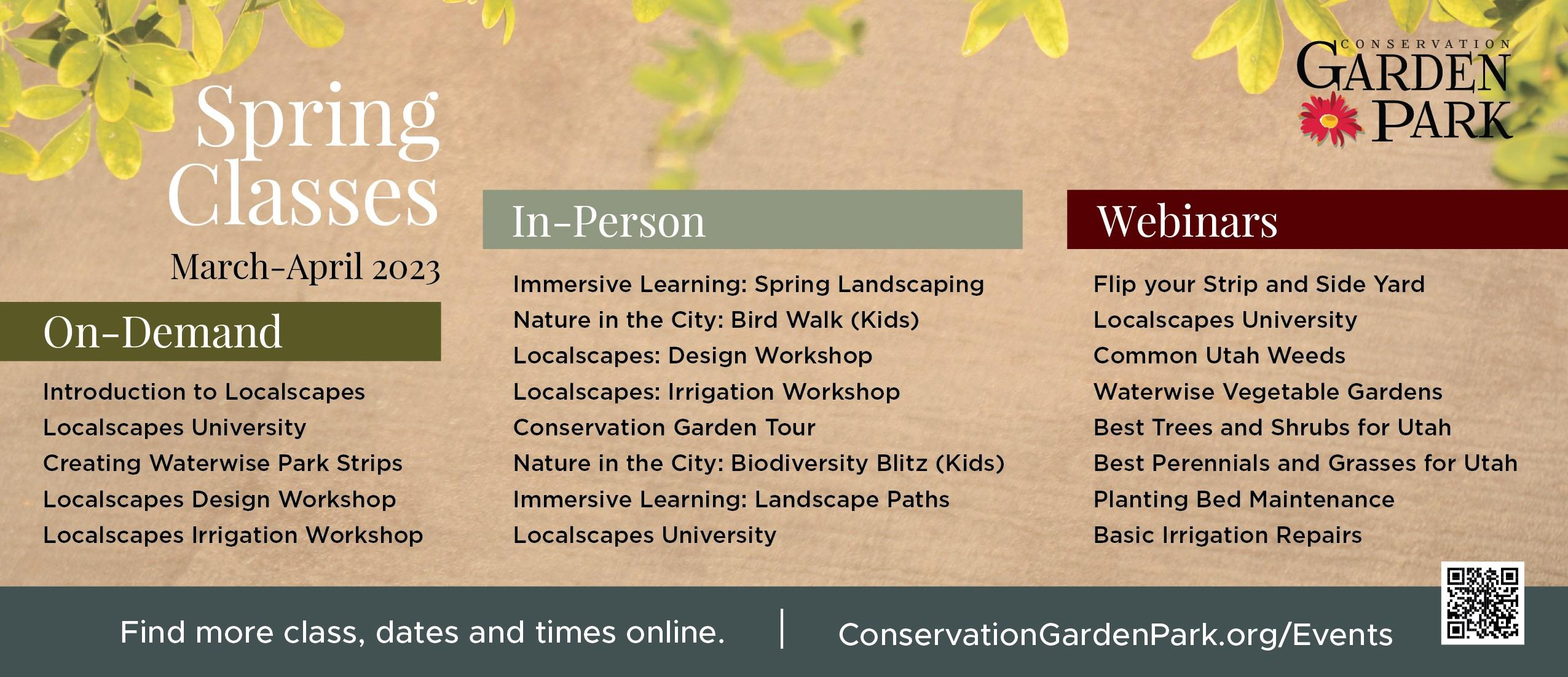
Nursery Notes
To Amend Your Soil or Not to Amend Your Soil?
It’s a Tricky Question
By Progressive Plants
Planting season is finally upon us. It’s time to update your landscape with trees, shrubs, and perennials. When you’re planting, it’s best to dig your hole twice as wide as your root ball or pot, and only as deep as the top of the root ball or the top of the soil in the nursery pot. That’ s fairly common knowledge. But what are you putting in that hole when you fill it back up?
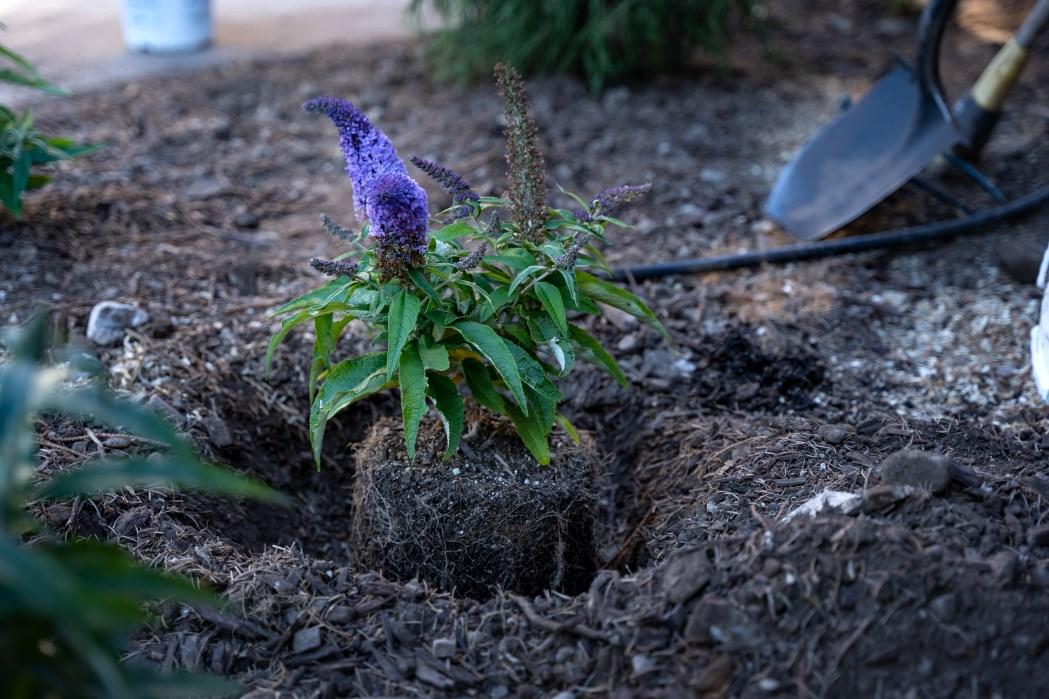
Almost anywhere you look, you’ll find people encouraging you to amend the soil in your planting hole with organic matter or other additives in order to improve the structure and fertility of the soil,
but is this really the best practice for your trees and shrubs? Professional landscaping crews don’t do that. In fact, in some situations, this practice can actually harm your plants.
A Happy Place for Weeds
Amending your soil will encourage the growth of weeds and other unwanted plants. These plants will compete with your trees, shrubs and perennials for nutrients and water, making it more difficult for them to thrive. But that’s far from the worst problem you can create by altering the soil around your root ball.
42
Weeds in the garden
Disrupting Your Natural Soil Structure
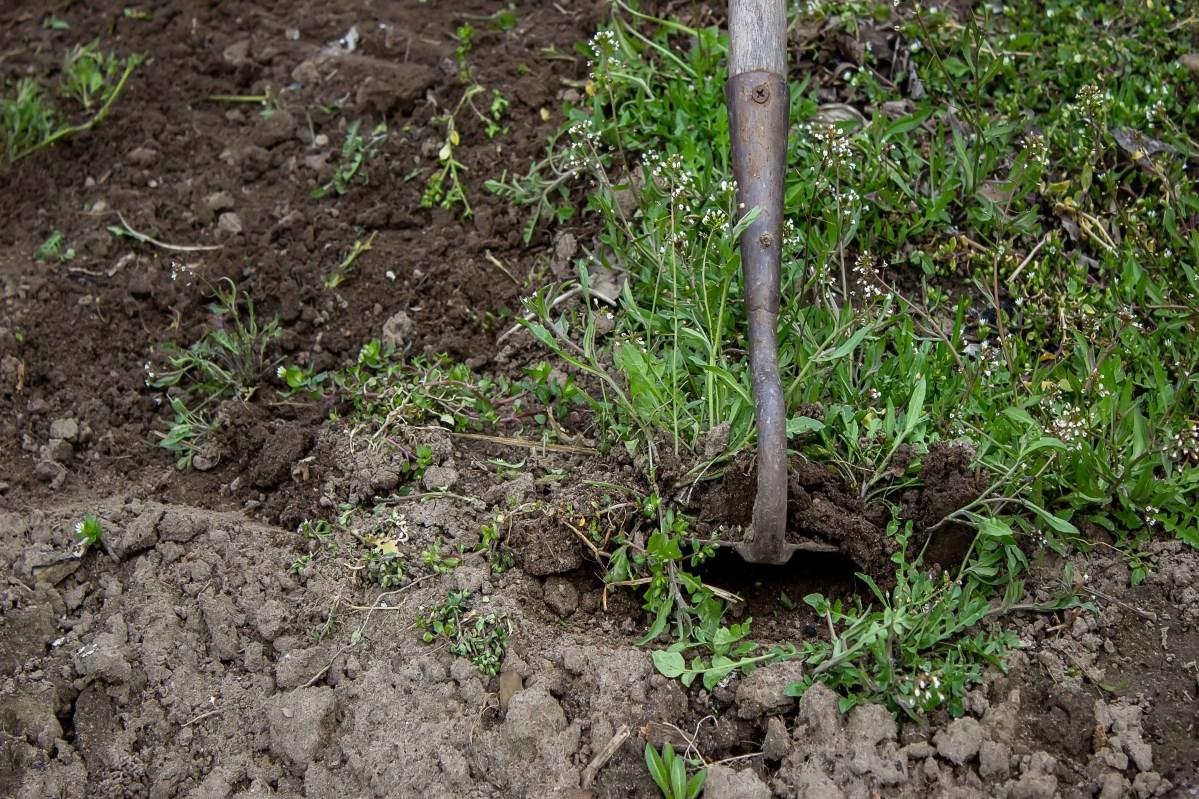
One of the main reasons not to amend your soil in your planting hole is that it can disrupt the natural soil structure. Trees and shrubs that thrive here in Utah are adapted to our specific soil conditions. Adding organic matter or other amendments can change the pH levels and nutrient content of the soil, making it difficult for the roots to establish themselves. This leads to poor growth. In fact, some plants may even die because their soil was amended. Eventually, any tree or shrub you plant will send roots far beyond your original planting hole. If the plant can’t handle native soil, you ’ll need to amend it deeper and wider than is physically possible.
The better solution is to plant things that can handle your soil from day one.
Water Damage
Adding organic matter or other additives to your soil as you backfill often leads to over-watering. Amended soil typically holds more moisture than native soil, which can cause the roots of your trees and shrubs to become waterlogged. This can lead to root rot, which can ultimately kill the plant. It’ s especially problematic if you’ re planting in heavy clay soil. The water you give your tree will drain through your amended soil, but when it reaches the native clay it will slow down, filling your original hole like a soup bowl. Your tree will sit in that soup until the water finally drains, soaking the roots for far too long.
43
Recognizing Water Damage
It takes a while for your plants to tell you they've had too much water. As their roots become damaged and waterlogged, the leaves will begin to turn yellow and fall off. Sometimes the leaves will dry out and fall off without changing colors. Even worse, the signs of too much water look nearly identical to the signs of inadequate water. Usually, homeowners see these symptoms and think their plant needs more water, when in reality, it needs less much less. Whenever you see signs of stress in your plants, feel the soil before you add water. If it still feels damp, chances are, the problem is too much water, rather than not enough.
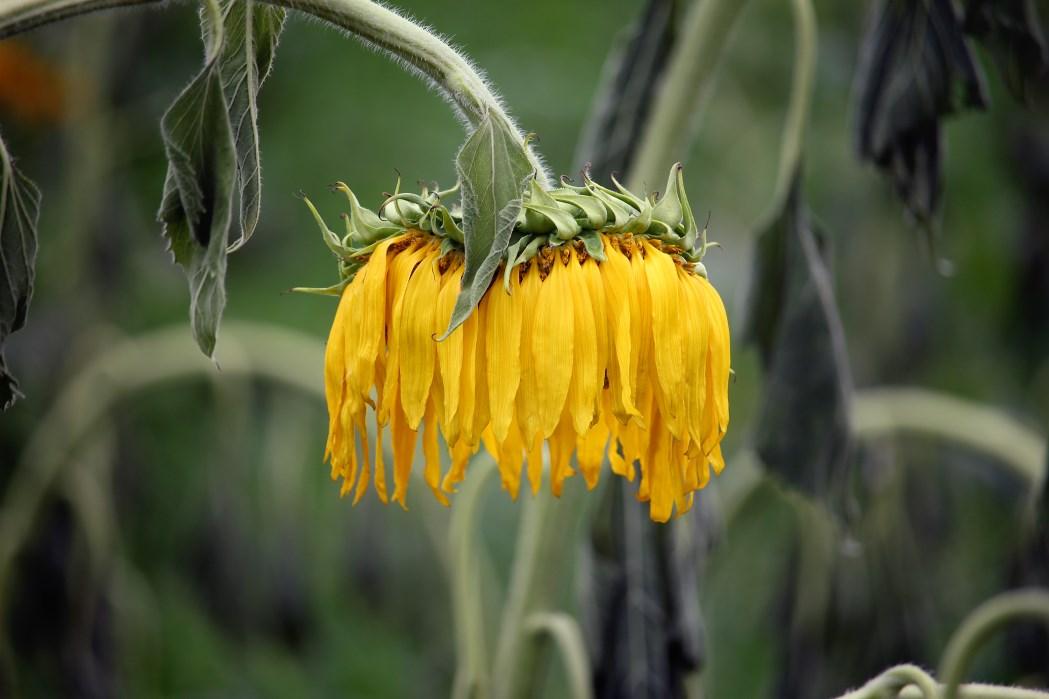
The best way to tell the difference between too much water and not enough water is to watch your plants. If they begin to wilt within a day or two, chances are good that it needs more water. If the signs of stress limp, wilting, yellowing leaves, etc.—happen over several days or weeks, the issue is most likely too much water. Having too much water around your plants is much more difficult to remedy than having too little. We recommend that you hand water all of your new plants, watching them closely for heat stress, for the first three weeks or so. Then connect them to your drip system and continue to watch them until you’re confident they’ re receiving the water they need for your location and soil conditions.
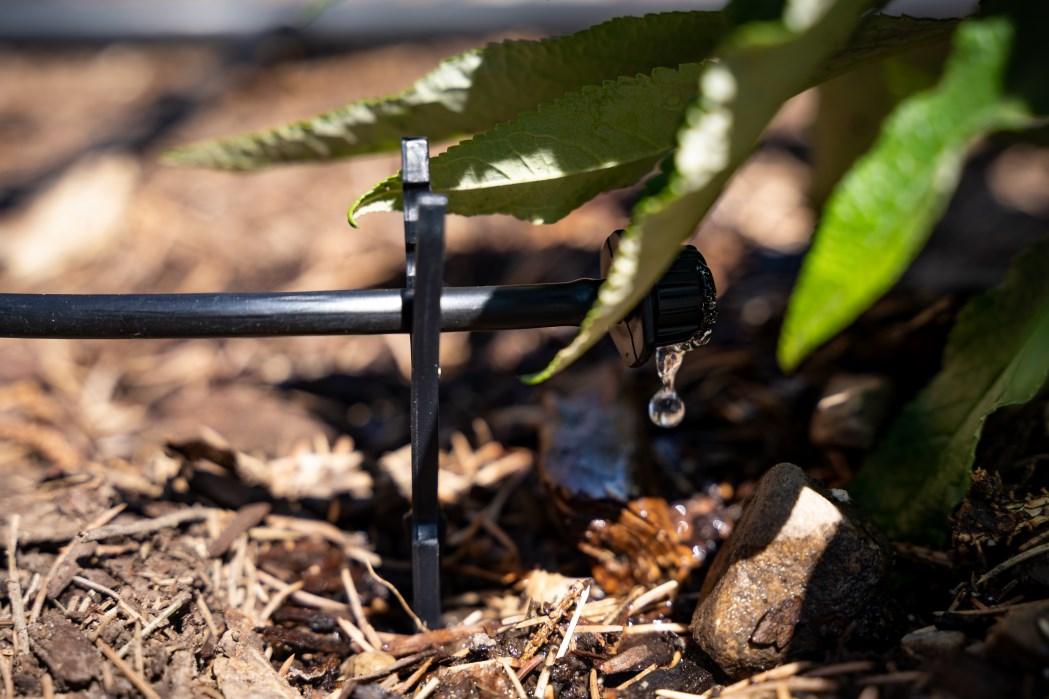
Nursery Notes
Wilted sunflower
44
Drip Irrigation
The Better Solution
Instead of amending the soil in your planting hole, we recommend that you plant your trees and shrubs in the native soil. This will help the roots to establish themselves more quickly and allow the tree or shrub to adapt to the local climate. This doesn’t mean you shouldn’t top dress your soil with mulch and fertilizer. Proper watering with drip irrigation, mulching, and fertilizing will help your plants to thrive.
Annuals and Vegetables
One significant exception to this rule is annuals (and vegetables) plants that thrive for a season and die in the fall and winter. These plants are often native to other regions of the
world. Many plants that are annuals in Utah would be perennials in other climates. These plants often require moist, well structured soil that holds water and drains easily.
Annuals typically don’t grow extensive root systems in just one season, so their roots won't extend far beyond the area that you amend. Because amended soil holds water longer than our native soil, the annual plants in your planter beds will feel more at home in amended soil. Just remember, annuals are the exception. The native and adapted trees, shrubs, and perennials that thrive in Utah’s landscapes will grow much better in our native soil.

45
Top dressing with mulch
Nursery Notes
Garden design final look...for now. Gardens are always changing.
If you have questions about best practices when planting, contact your local nursery or the Utah State agricultural extension service. You can also call, text or email Progressive Plants. Our team of plant experts is always eager to share their knowledge with you. You can find us at Progressiveplants.com.

 Buddleia Pugster, Amethyst content in the garden with drip irrigation and a thick layer of mulch.
Buddleia Pugster, Amethyst content in the garden with drip irrigation and a thick layer of mulch.
46


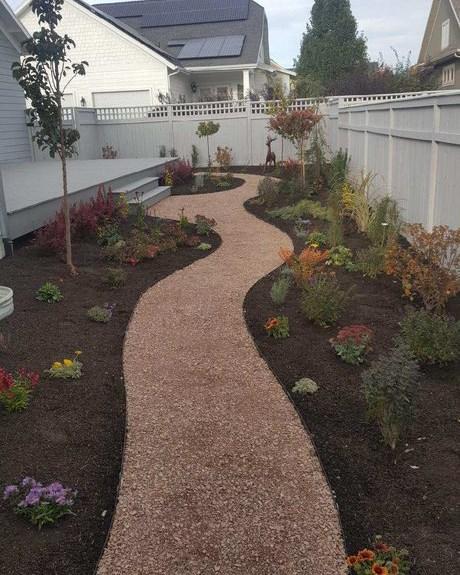
801-999-0842 www.utahquarrydirect.com
Tips and Tricks for the Perfect Floral Bouquet this Mother’s Day
By Amanda Hammond, Harmons Floral Production Manager and Certified Florist
Wish you had a florist friend who could help you pick the perfect flowers or arrange a stunning floral bouquet for Mother’s Day or any day? Harmons’ certified florists are here sharing tips and tricks to help you select and extend the life of your flowers.
1. When gifting a bouquet, know their likes and dislikes. What colors are their favorite? Are they a texture person? Are they a shortterm adorer or do they enjoy caring for plants? Some things to keep in mind:
• Choose a focal flower for the bouquet. Think lilies, roses, carnations, mums, or irises.
• Give height and width to an arrangement by adding Liatris, gladiolus, larkspur, or Delphinium.
• Add flowers with multiple blooms that add color and fullness like Alstroemeria, daisy mums, or spray roses.
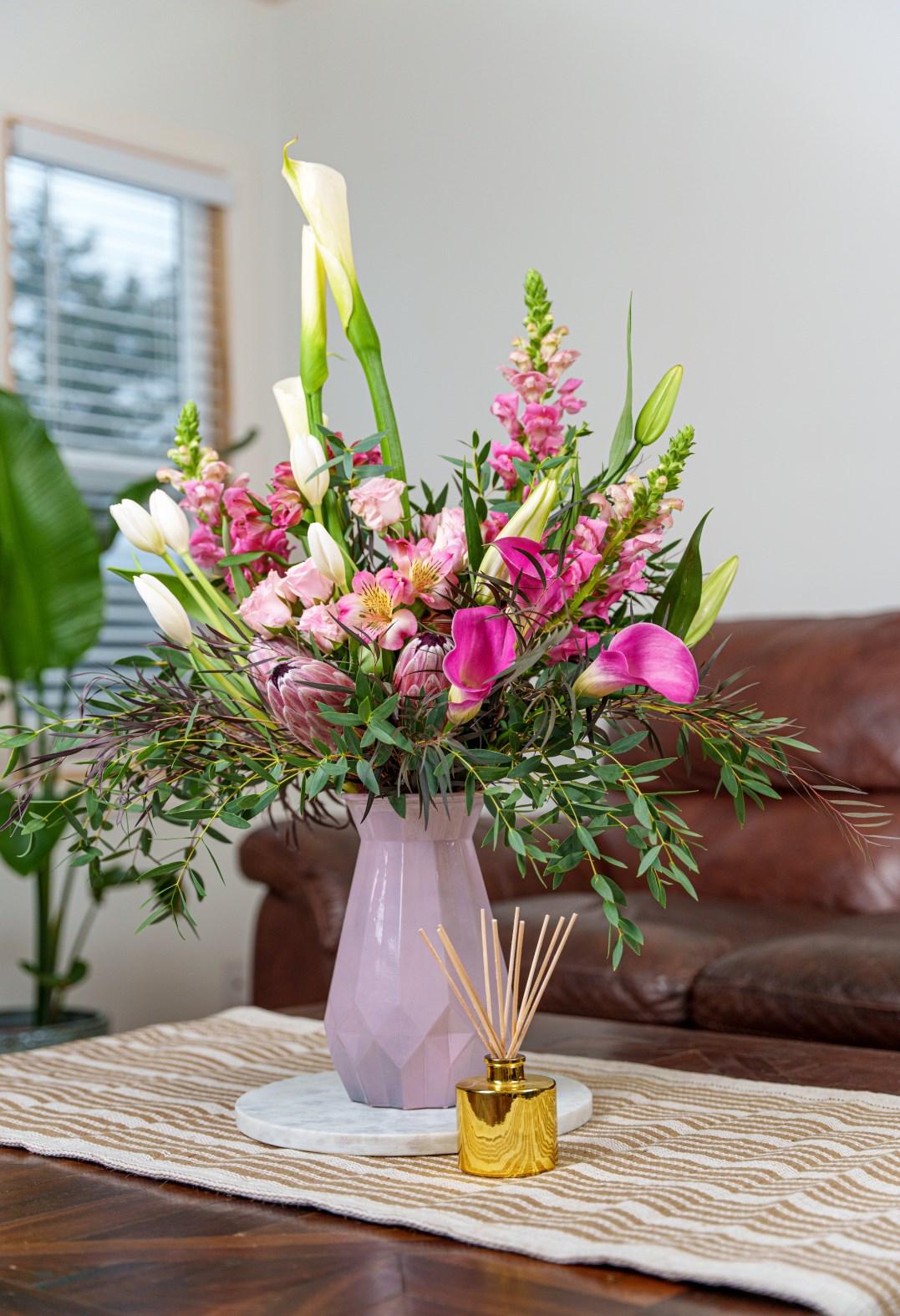
My Flower Shop 48
• Fill spaces and add texture with fillers. Baby’s breath, heather, and Hypericum are all stems with smaller accent blooms. Or, go green with Eucalyptus, salal, or leather fern.
• For a finishing touch, consider including bows, butterflies, or other decorative picks.
2. Pick the right vase; choose one that will allow your flowers to breathe. Think about height. You can get creative by using unique items like mugs, cups, or watering cans.
3. To best care for your arrangement, give your flowers a fresh cut. Before placing them in lukewarm water, cut the stems at least one inch on a diagonal angle. Replace the water frequently and consistently and add flower food. Knowing the kind of lighting each flower requires is also very helpful to extend the life of your bouquet.
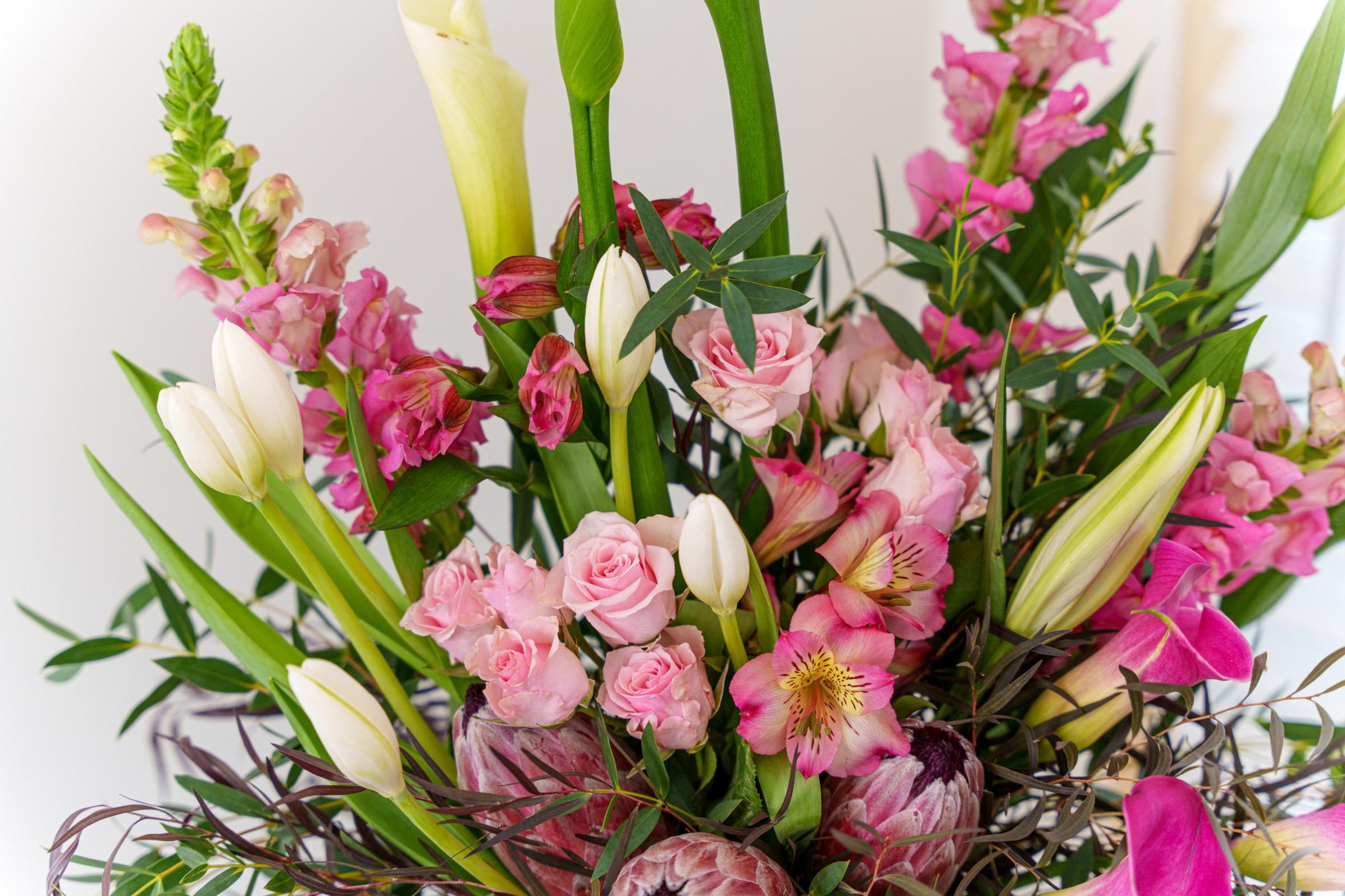
49
Observation: A Powerful Tool for Successful Landscapes
By Liz Braithwaite, Responsive Gardens
One of the most powerful tools that you can use to create successful landscapes and gardens is observation. Each yard is a bit different, and observation helps you to notice those differences and respond accordingly. Spend some time noticing things at different times of day and across the season. There are three main categories to pay attention to: people, microclimates, and vegetation.
1) People
Observe the people that go through and next to your yard. This includes things like the paths you walk, the places children play, and anytime neighbors, friends, or others interact with your landscape.
The children frequently used this area of the yard. They loved interacting with the hill and tree. We added a slide, sandbox, and access for tree climbing. Because the sandbox was in a sunny location, a trellis provides shade as well as a fun enclosed location.

You might notice places where people frequently walk, which could use a path. You could also notice places you are drawn to like a shady corner with good views, or a hide-a-way the children like to play in.
2) Microclimates
The general climate includes things like rainfall and temperature and doesn’t change across the landscape. But there are pockets in the landscape where unique conditions occur called microclimates.
Garden Talk
50
To identify microclimates, notice how the sun moves across the landscapes. The sun changes angles in different seasons, so pay attention year-round. Look for where the snow melts in the winter, and shadow patterns in the summer. Also notice wind patterns, protected areas, and places that are hot or cool. Microclimates can also include dry slopes or wet areas that are slow to drain.
Each plant tends to thrive in different conditions, and even weeds will give you insight into what will grow well in your garden. Noticing plant health can show problems that will perpetuate, like problems with fertility and soil health. A bit of digging can also help understand what’s going on. Look for changes in soil composition and structure and even how easy it is to dig.
This area of the yard was sunny and dry. The soil was rocky, but semi-fertile. It made a perfect place for raised vegetable beds surrounded by fruit trees and chickens.
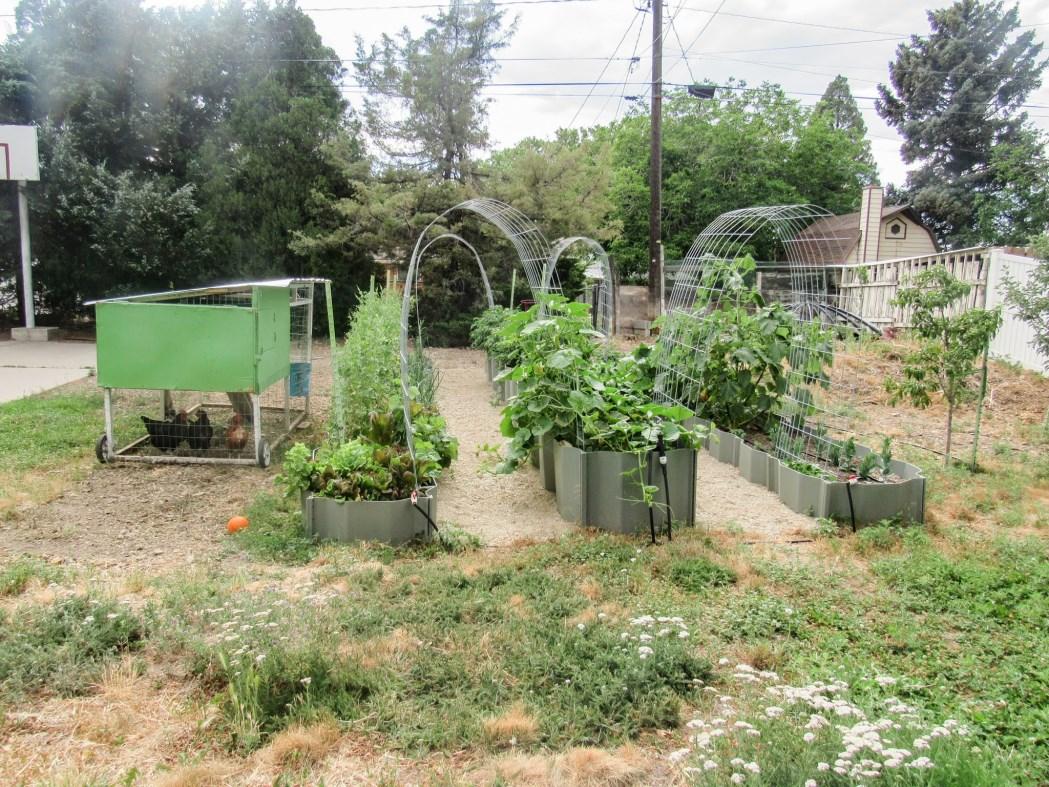
3) Vegetation
Vegetation will give you insight into plant health, and also into the soil. Notice when plants are struggling or thriving and what kind of plants they are.
In this area, many plants didn’t grow well. It was relatively wet but was low in fertility. Instead of lawn, I planted a meadow of clover and flowers with raspberries in the background.
Good observation will lead to insights that can help you be successful in your garden. You will have insight on what direction to go, and make decisions that respond to the unique circumstances of your yard.
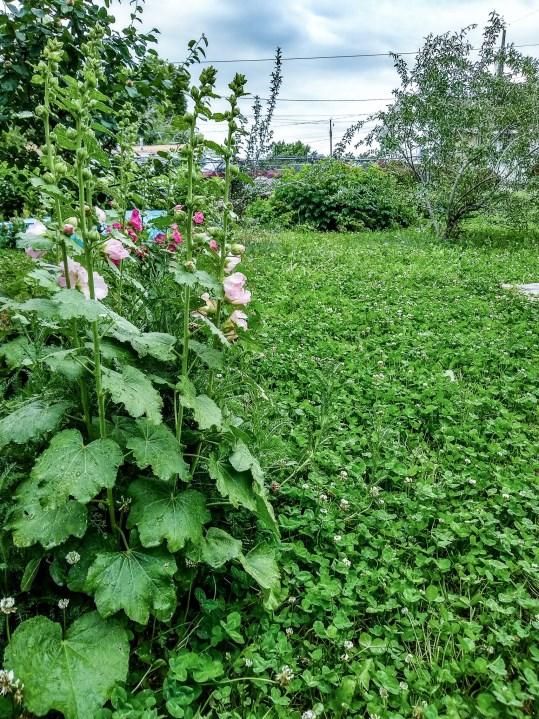
51
Beautiful Orchids in the Home
By Ramona Borkman, Magazine Editor
Who doesn’t love a beautiful orchid? Even in the cold dark days of winter, orchids can be displayed and appreciated in our homes for weeks if not months, and if you understand the basic requirements orchids need, you can enjoy their beauty for many years. They’ re incredibly elegant, make great gifts, and can enhance the beauty of any space. Fundamental to successful orchid care is understanding the requirements of the orchid for support, light, food, humidity, water, air movement, and temperature.
Since many orchids, in nature, grow on trees and not in soil, the best orchid mixes contain special medias that promote healthy drainage and good airflow. The best media for an orchid is the one that best matches the type of orchid and the conditions in which it is growing. The conditions on a sun porch in Florida are different from a heated home in Ohio yet orchids, with proper care, can thrive in both. Orchids require special fertilizer designed for orchids to grow really well. They do not require very much fertilizer, but
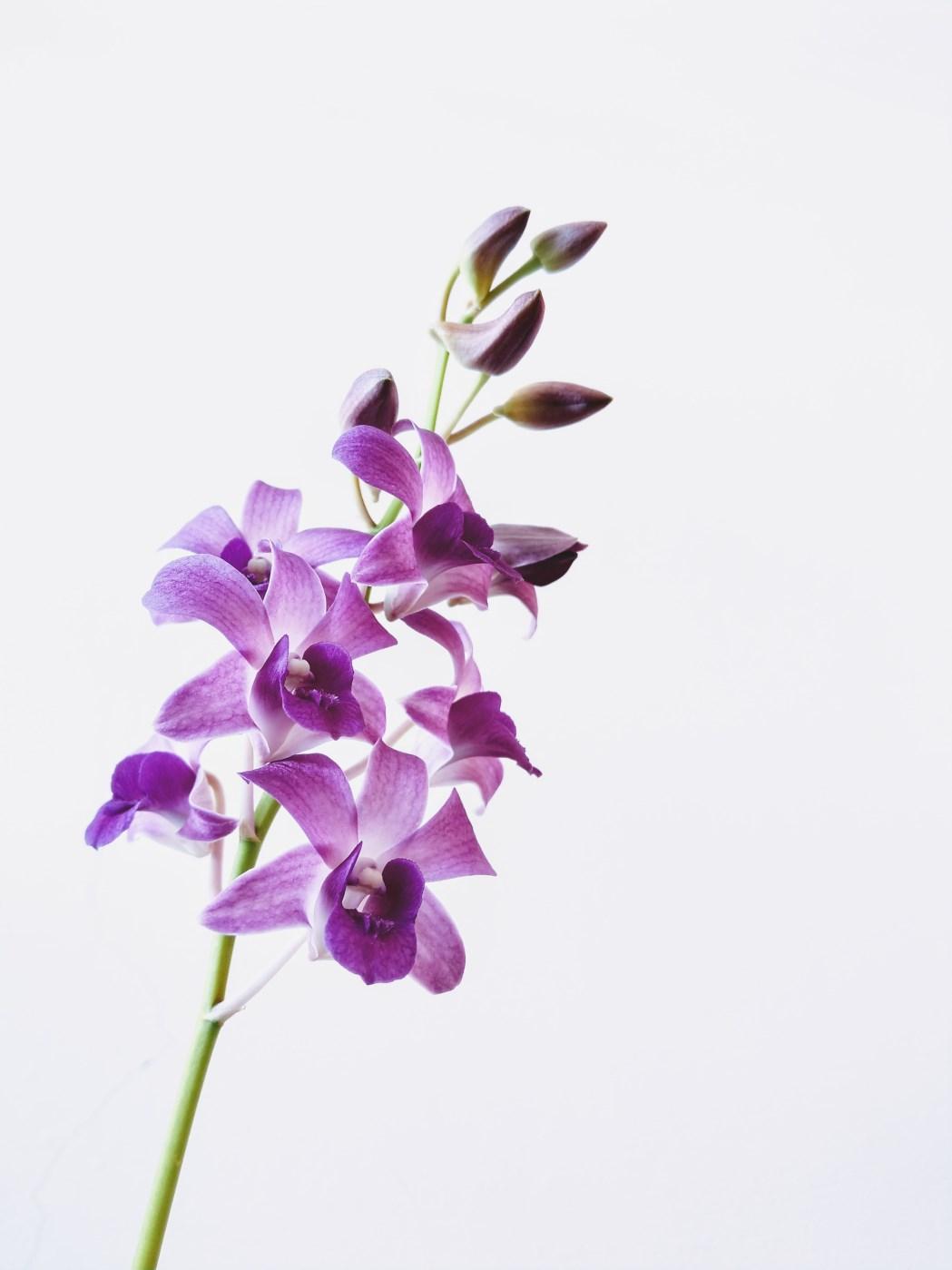
House Plants 101
52
Photo by TU HAN-WEI: https://www.pexels.com/photo/ purple-orchid-flowers-in-bloom-9526406/
most orchid growers recommend fertilizing weekly.
Achieving a good balance of humidity and air movement is one of the goals of successful orchid care. Orchids do not like ‘wet feet’ but they do like humidity. When grown inside a home, orchids are often placed on humidity trays. These trays allow water to collect in the base while the plant is suspended above the water. The orchid benefits from the evaporation of the water. Orchids can also be gathered close together to help raise the humidity among the plants. This is a balancing act because orchids like air movement and not too much moisture.
Orchids have very widely varying light needs and understanding the appropriate amount of light for the type of orchid is essential to their care. It is often inadequate light that inhibits orchid blooming.

The key to orchid watering is to not overwater.
Orchids want the right amount of water, not too much and not too little. When an orchid is watered liberally, allowing the water to pour from the bottom of the pot until the plant and media are completely saturated, you will have the greatest success with your orchids.
Reference repotme.com “Orchid Care: 10 Easy Steps” 53
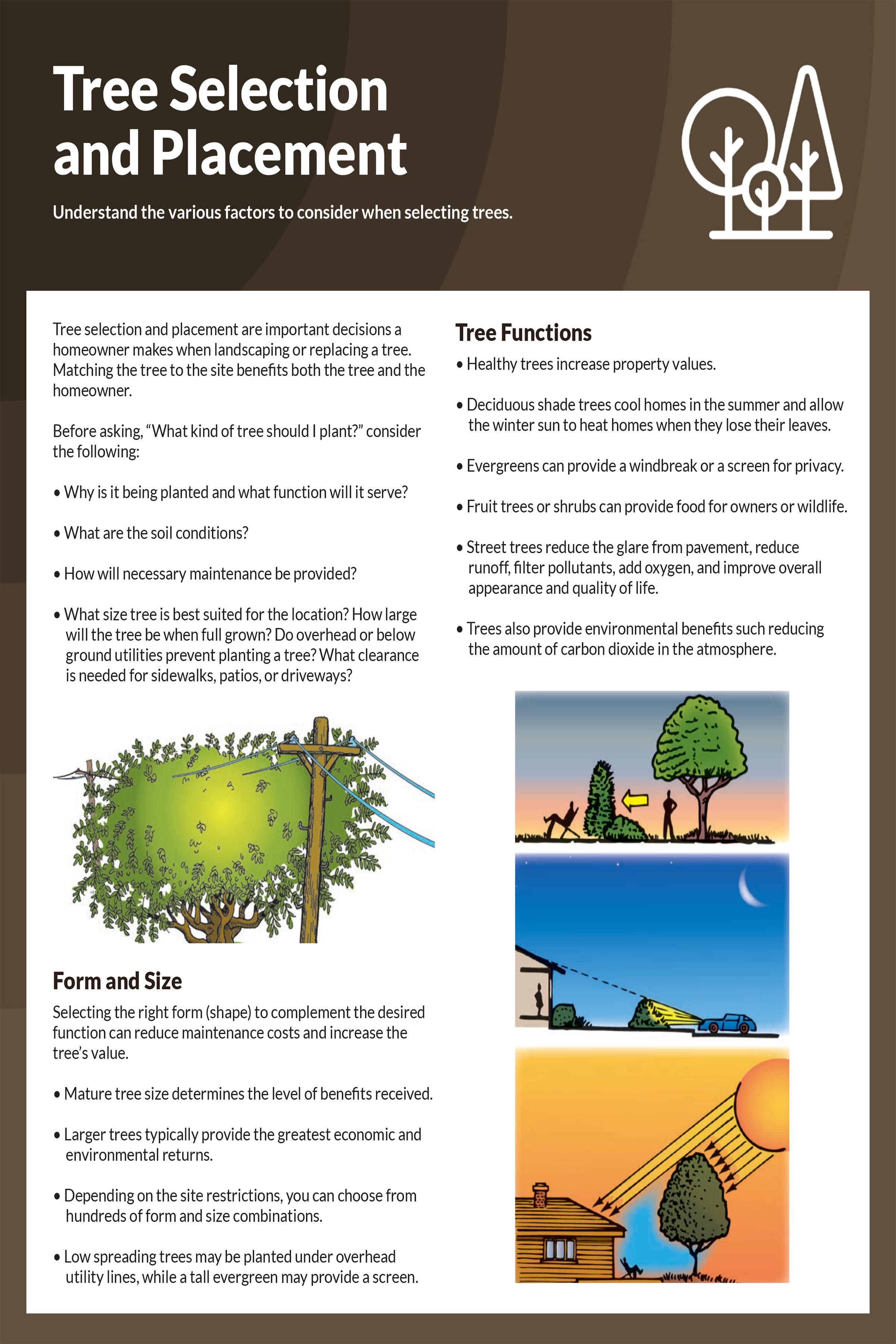

A Trip to Butchart Gardens
 By Ramona Borkman, Magazine Editor
By Ramona Borkman, Magazine Editor
It all began with one woman’s vision and passion. Coming from Ontario, husband and wife, Robert and Jennie Butchart moved to Vancouver Island to build a cement plant on a rich limestone deposit at Tod Inlet. As cement production exhausted the limestone deposits, Jennie envisioned landscaping a sunken garden in its place and began transferring topsoil by horse and cart. Little by little, the quarry blossomed in today’s Sunken Garden. The result of her vision is The Gardens, which are still family run to this day.
Butchart Gardens is located in Brentwood Bay, British Columbia, Canada, located near Victoria on Vancouver Island. The gardens receive over a million visitors each year and has been designated a National Historic site of Canada.
Butchart Gardens is truly a feast for the senses. I would strongly recommend putting it on your bucket list of gardens to tour. Experiencing such a garden with so much color, texture, form, and design was inspiring and overflowing with lush greens and colorful blooms. It is one of my most favorite gardens I’ ve ever toured. Plan on spending the entire day, as there is so much to see. In fact there are 55 acres of gardens. We visited Butchart Gardens in mid-June when the weather was mild and many of the ornamentals were in bloom.
Garden Explorer 56

57



58



59




60
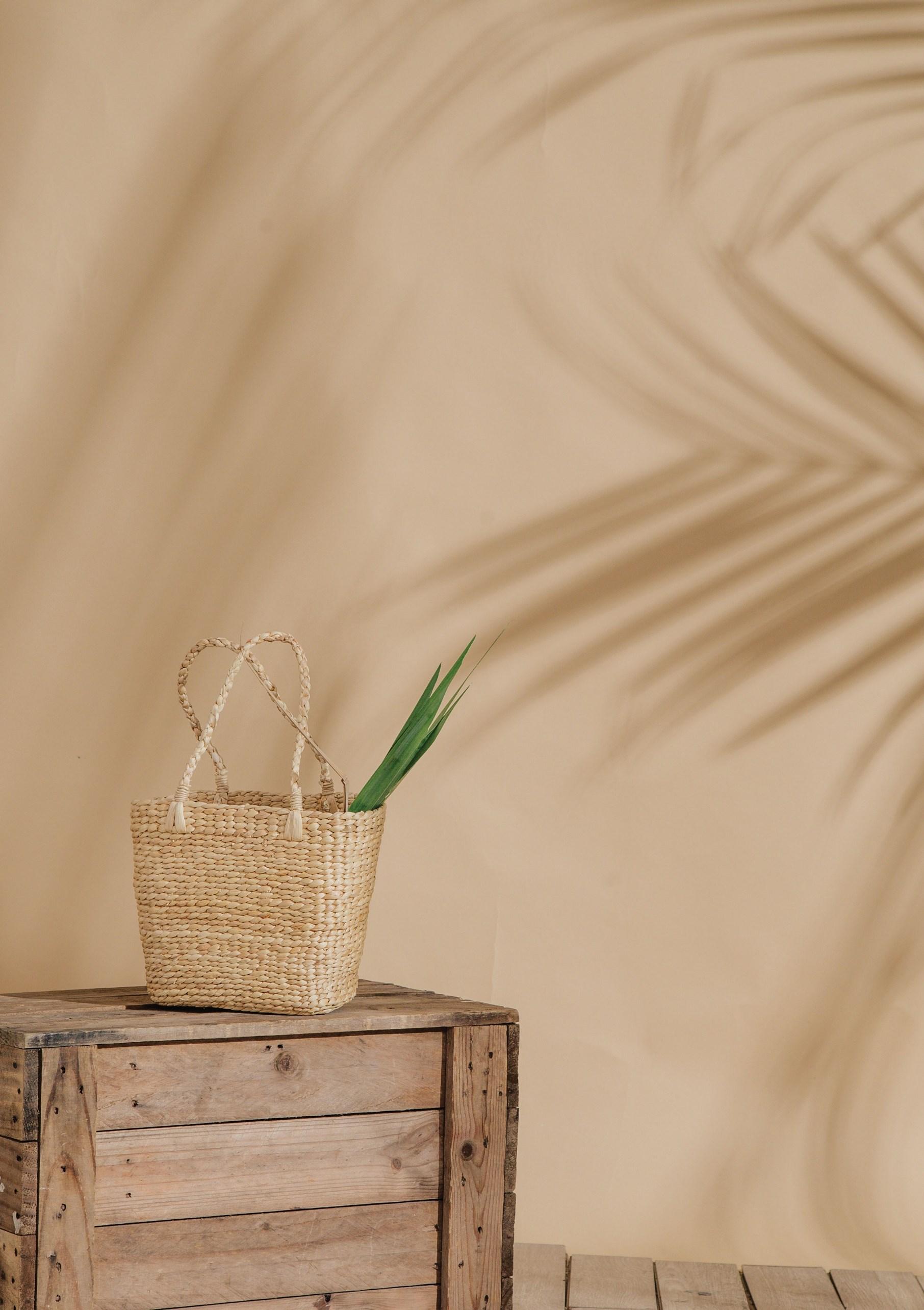
If you would like more information about becoming a sponsor for Bloom Gardens Magazine. Contact us at: info@bloomgardens.org
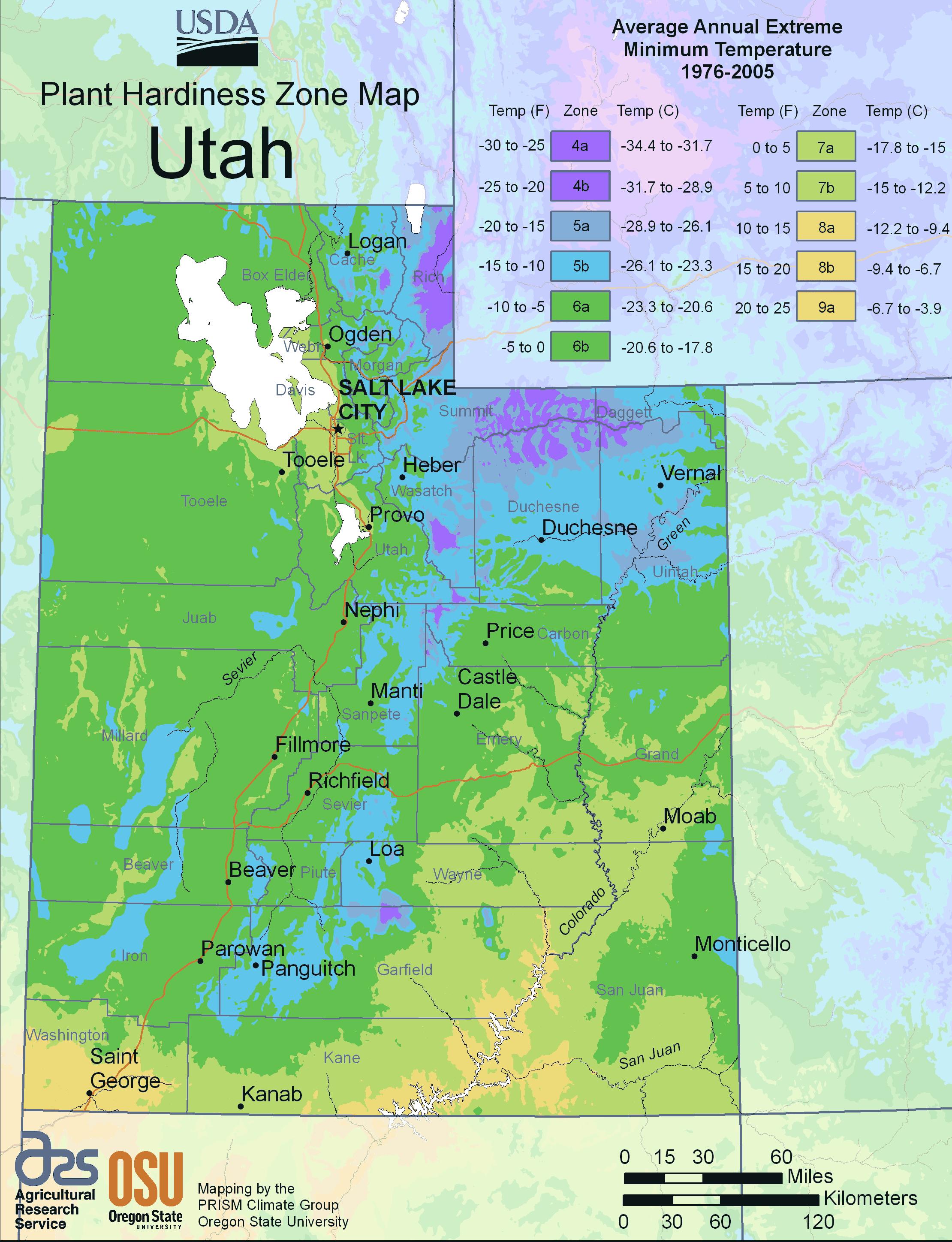
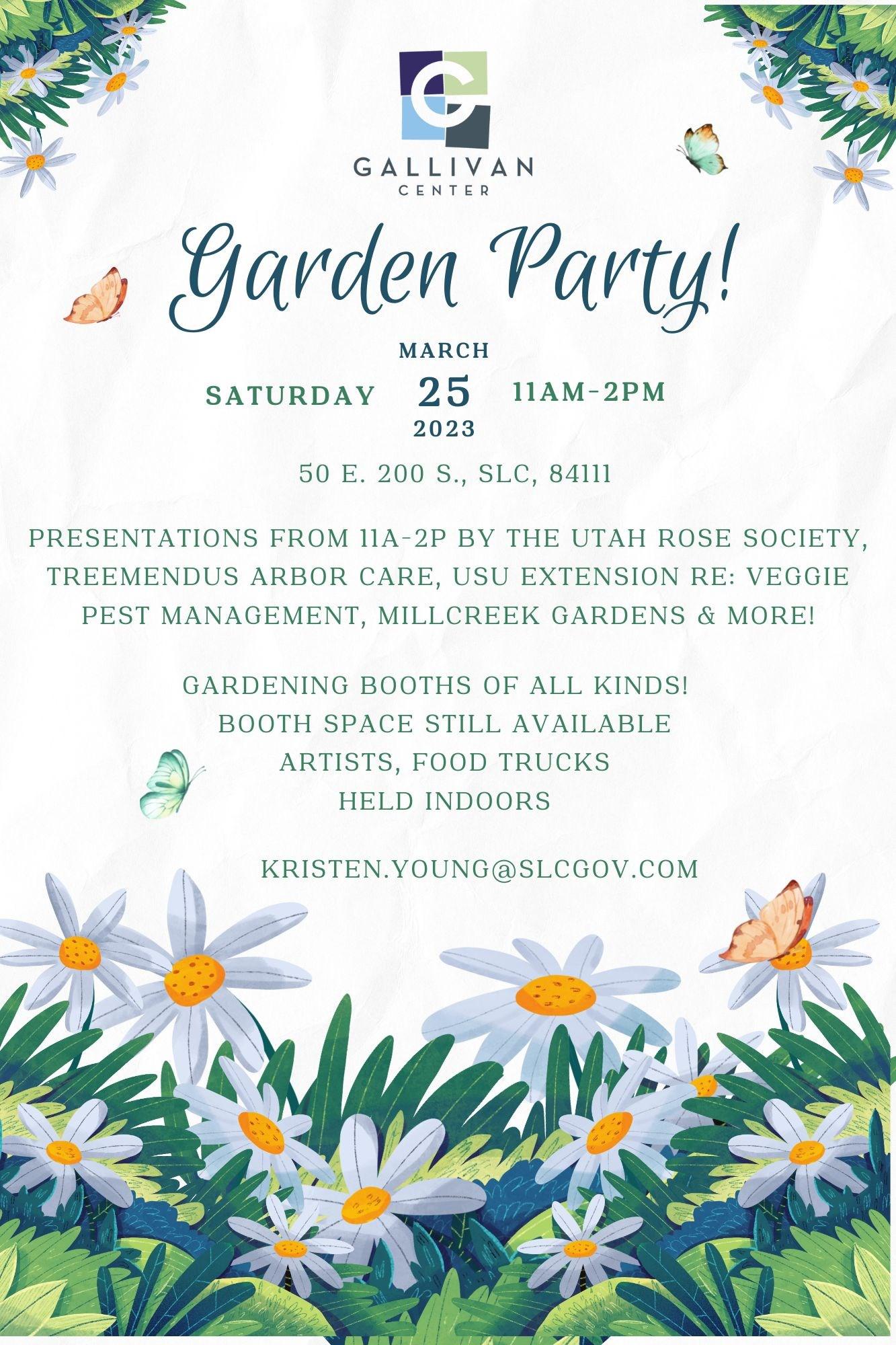


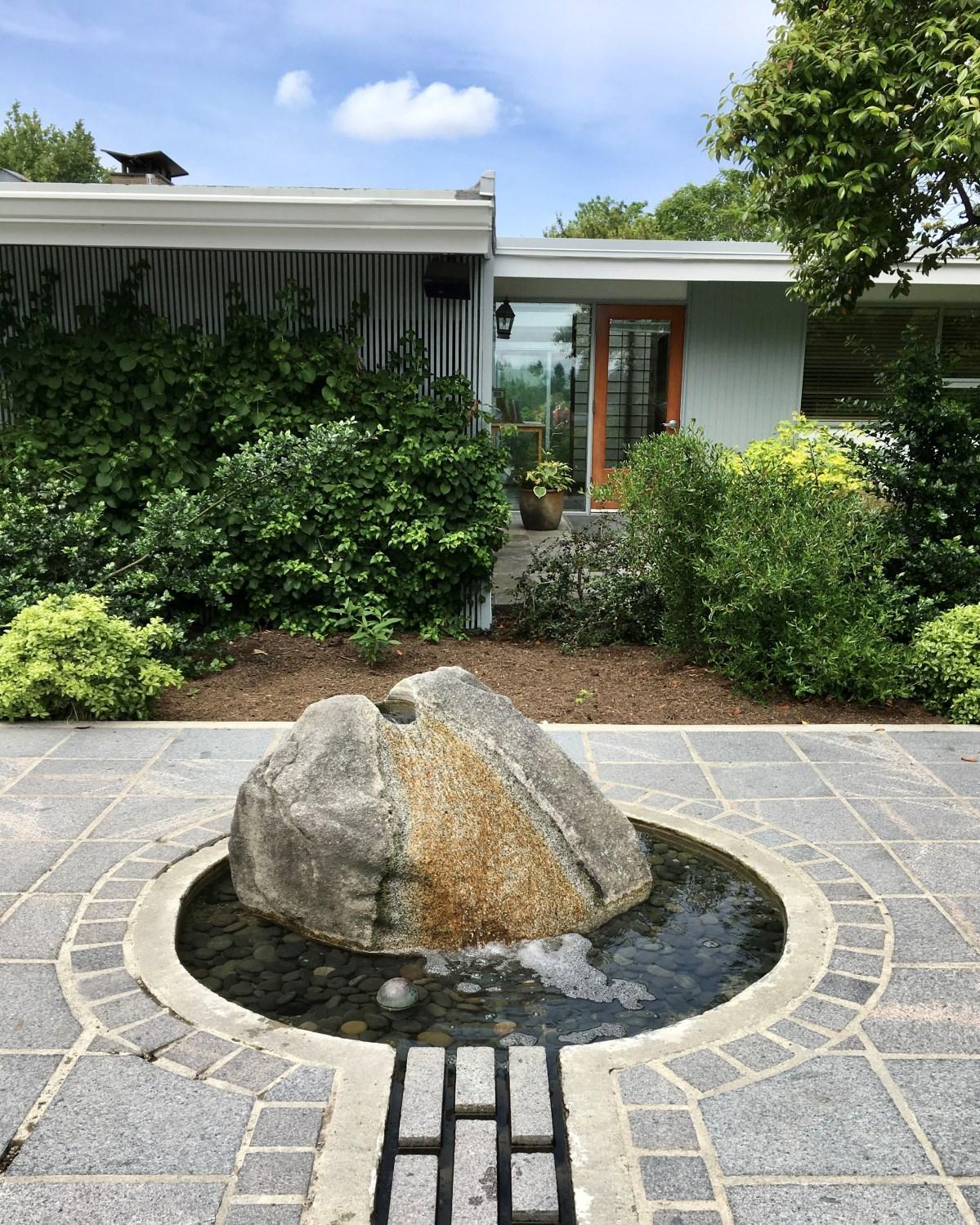
Bloom Gardens, LLC Contact Us at: www.bloomgardens.org info@bloomgardens.org Copyright © 2023 Bloom Gardens, LLC Next issue featuring Bellevue Botanical Garden Free Subscription to Bloom Gardens Sign-Up

 Photo by Alesia Kozik: https://www.pexels.com/photo/letter-tiles-near-flowers-6652421/
Photo by Alesia Kozik: https://www.pexels.com/photo/letter-tiles-near-flowers-6652421/




























 Photo by Polina Kovaleva: https://www.pexels.com/photo/cups-of-milk-and-coffee-besides-scrabble-letter-tiles-
Photo by Polina Kovaleva: https://www.pexels.com/photo/cups-of-milk-and-coffee-besides-scrabble-letter-tiles-















 Green Lacewing
Green Lacewing

 Parasitic wasp on aphids
Parasitic wasp on aphids


 Agastache Sunset Red Hot Poker
Agastache Sunset Red Hot Poker









 Lavender Bee Balm Echinacea Thyme
Oregano
Garden Sage
Lambs Ears
Fennel
Catmint
Lavender Bee Balm Echinacea Thyme
Oregano
Garden Sage
Lambs Ears
Fennel
Catmint
 By Skylar Christensen, Nature’s Seed
By Skylar Christensen, Nature’s Seed






 Photo by Joyce Toh: https://www.pexels.com/photo/purple-petaled-flowers-2746155/
Photo by Joyce Toh: https://www.pexels.com/photo/purple-petaled-flowers-2746155/













 Garden photo of Asclepias tuberosa, butterfly weed, by Cathy King.
Garden photo of Asclepias tuberosa, butterfly weed, by Cathy King.









 Buddleia Pugster, Amethyst content in the garden with drip irrigation and a thick layer of mulch.
Buddleia Pugster, Amethyst content in the garden with drip irrigation and a thick layer of mulch.












 By Ramona Borkman, Magazine Editor
By Ramona Borkman, Magazine Editor























